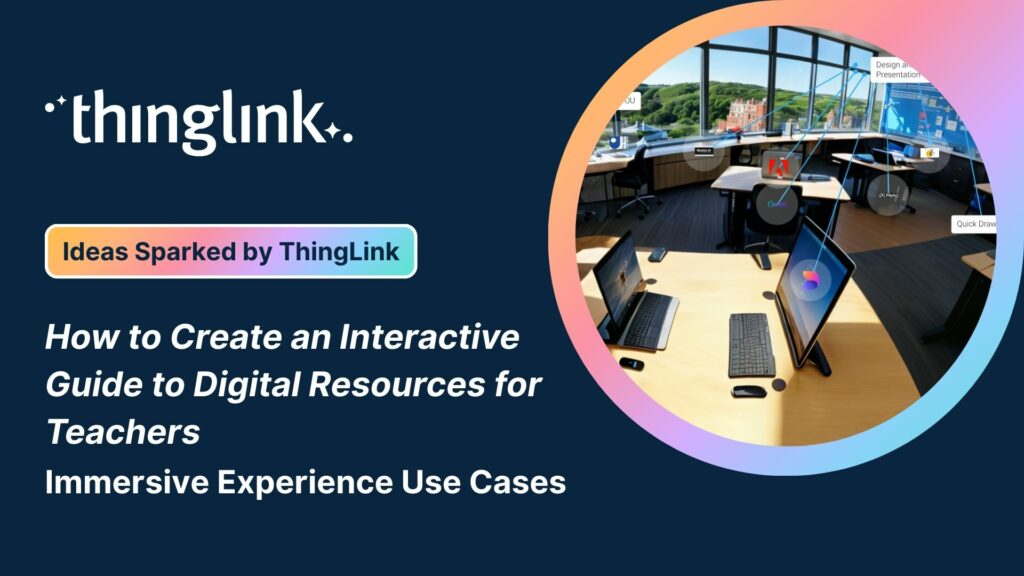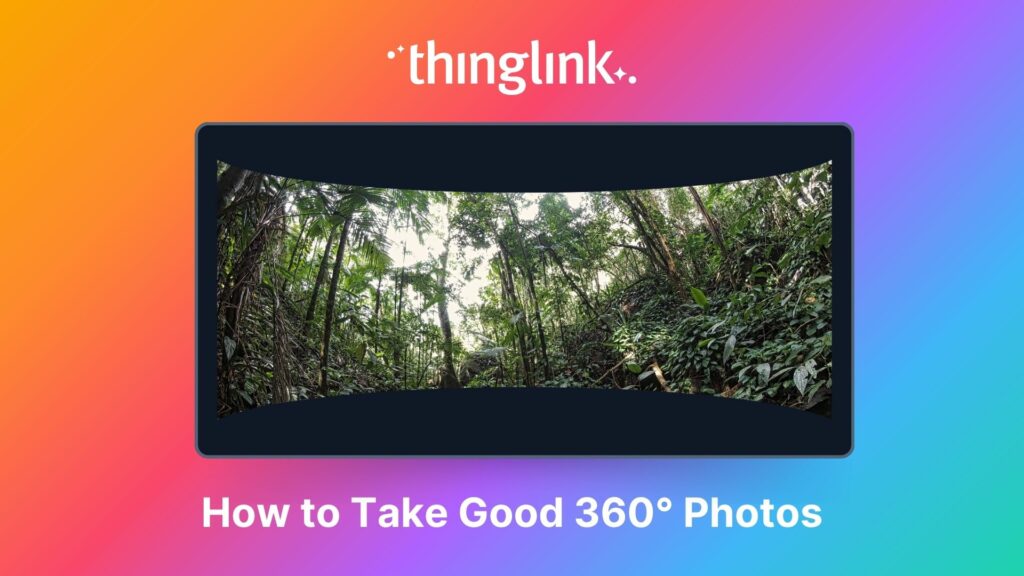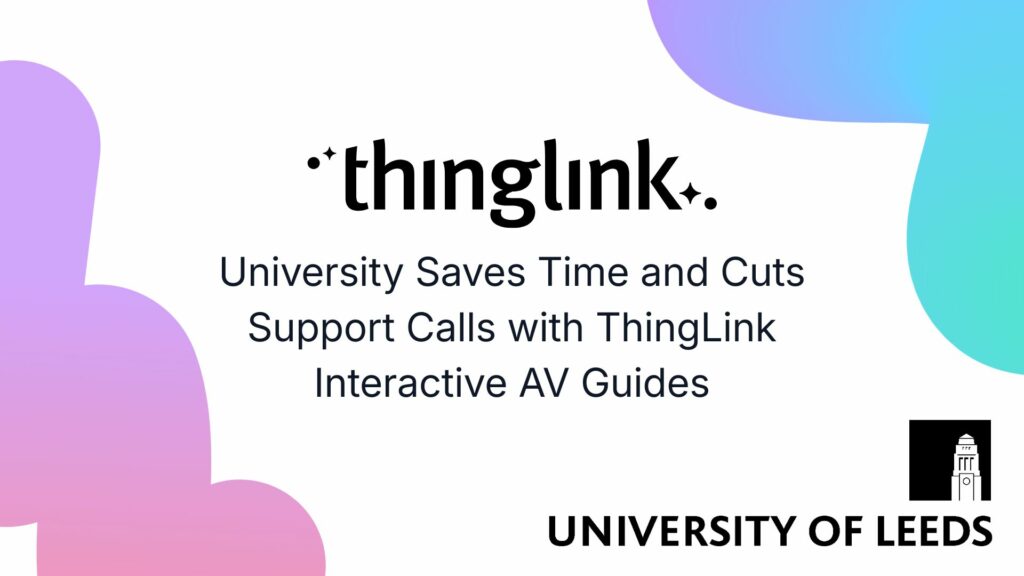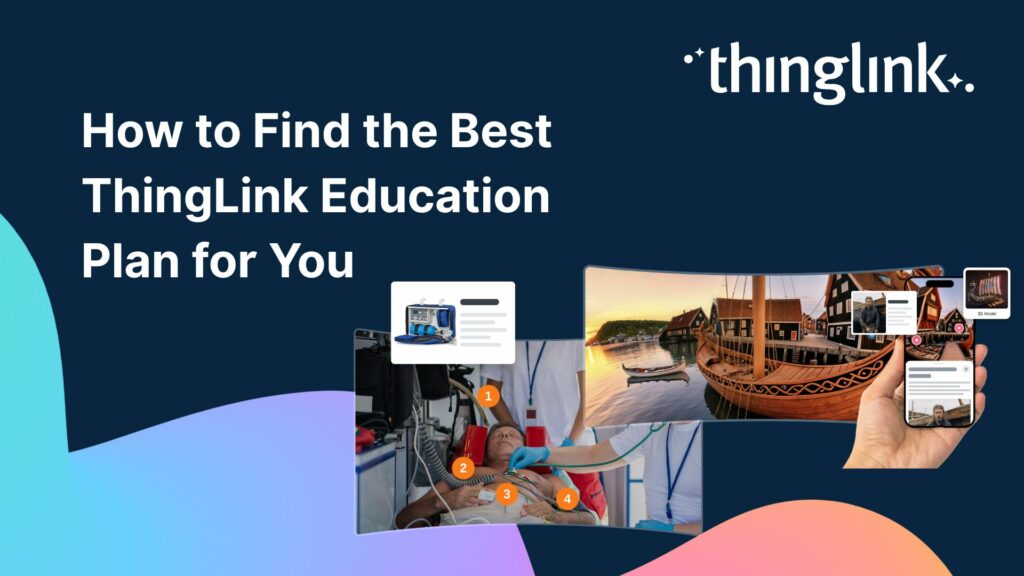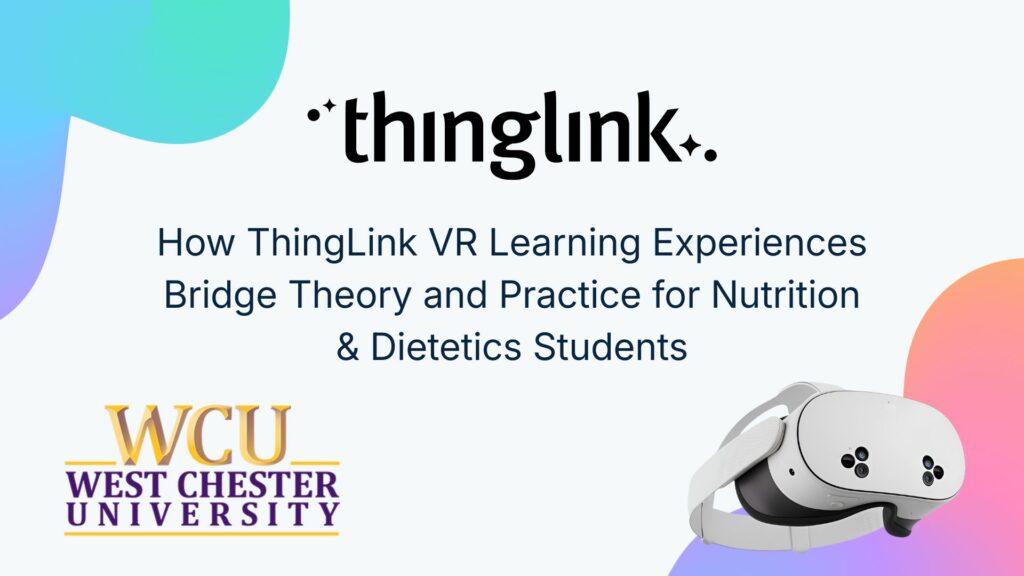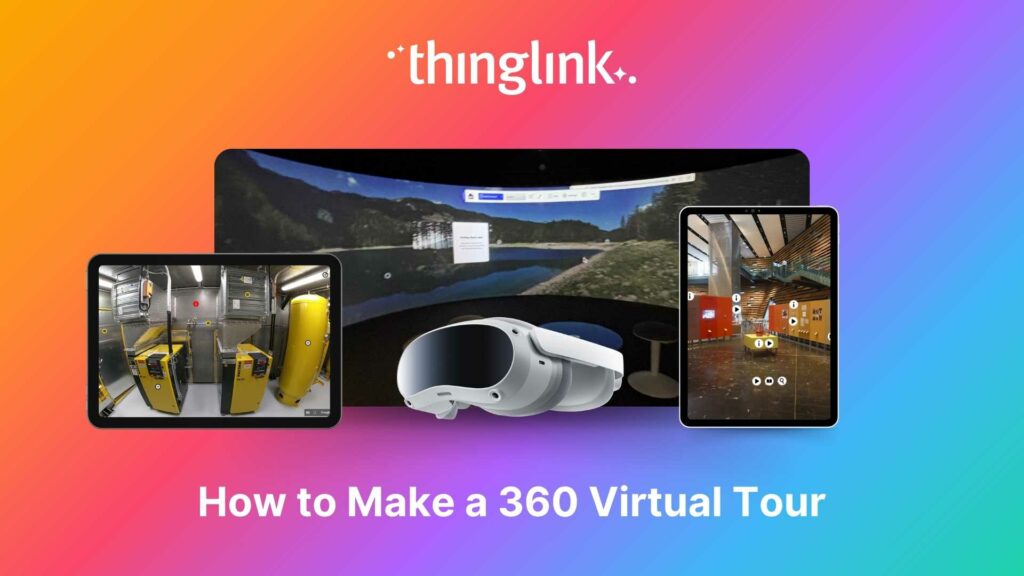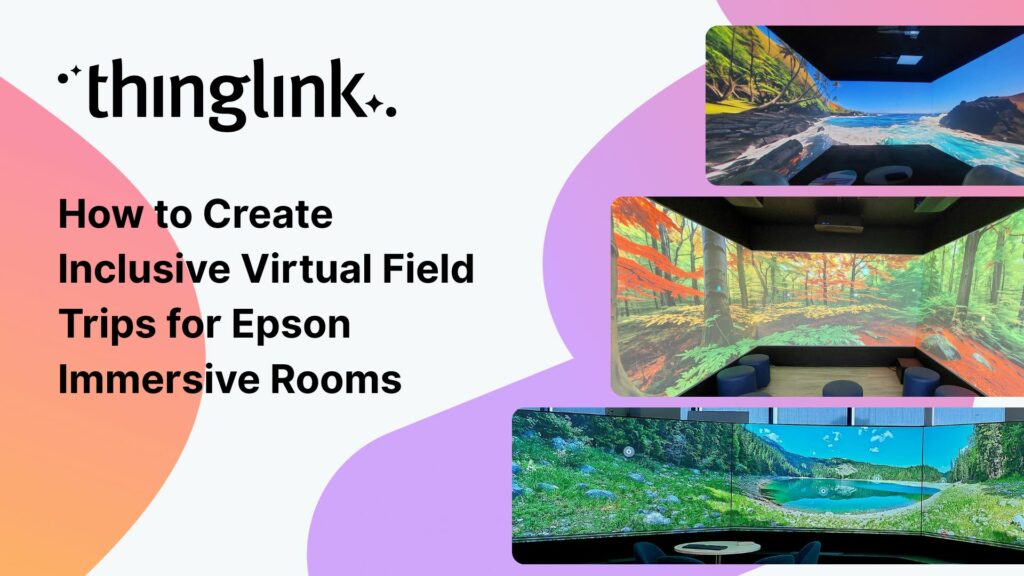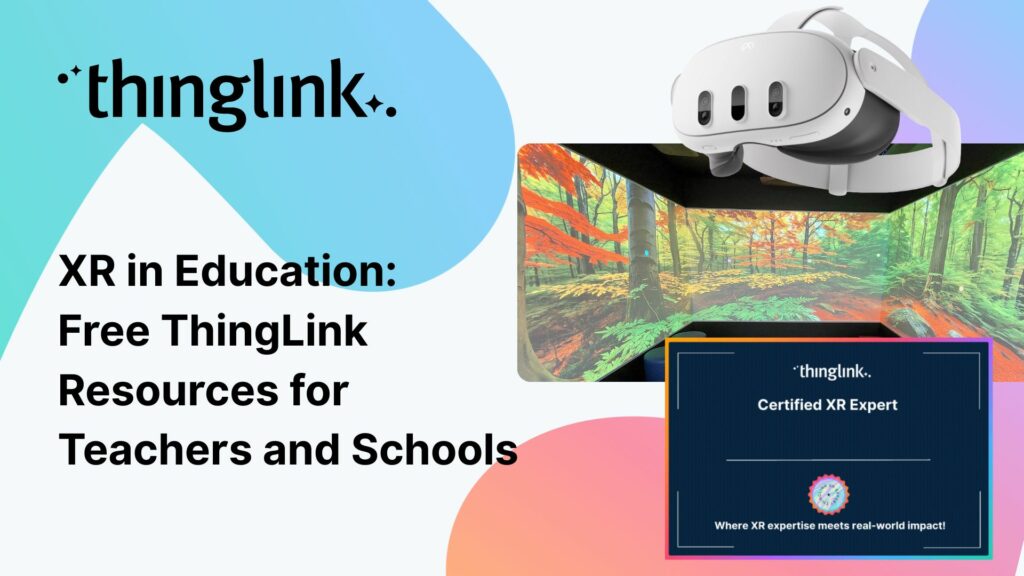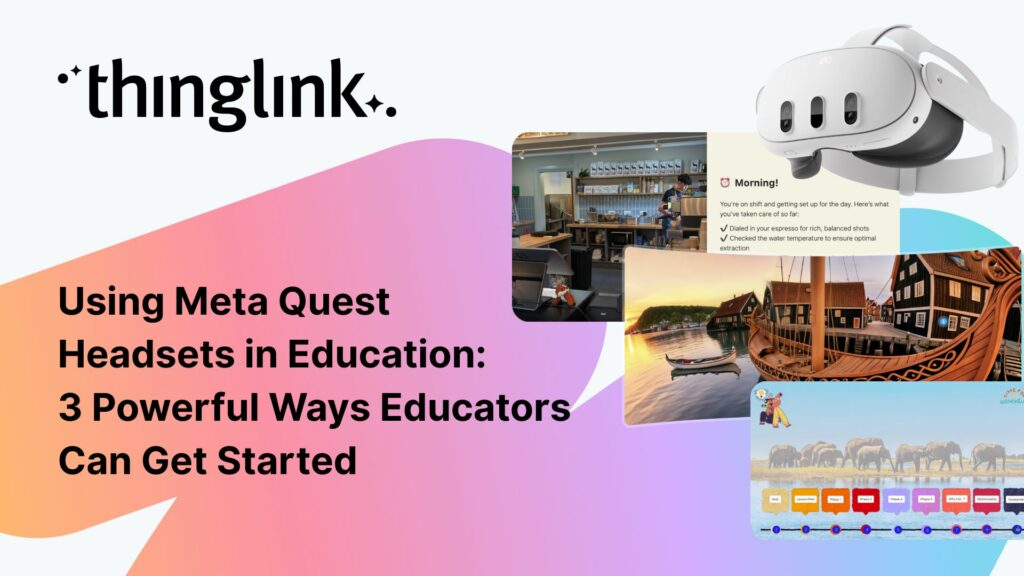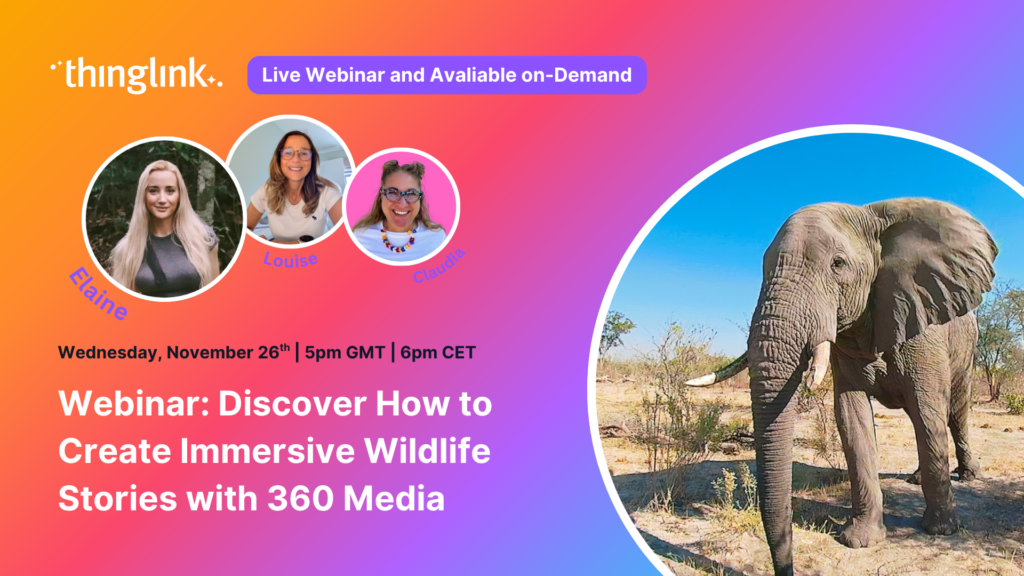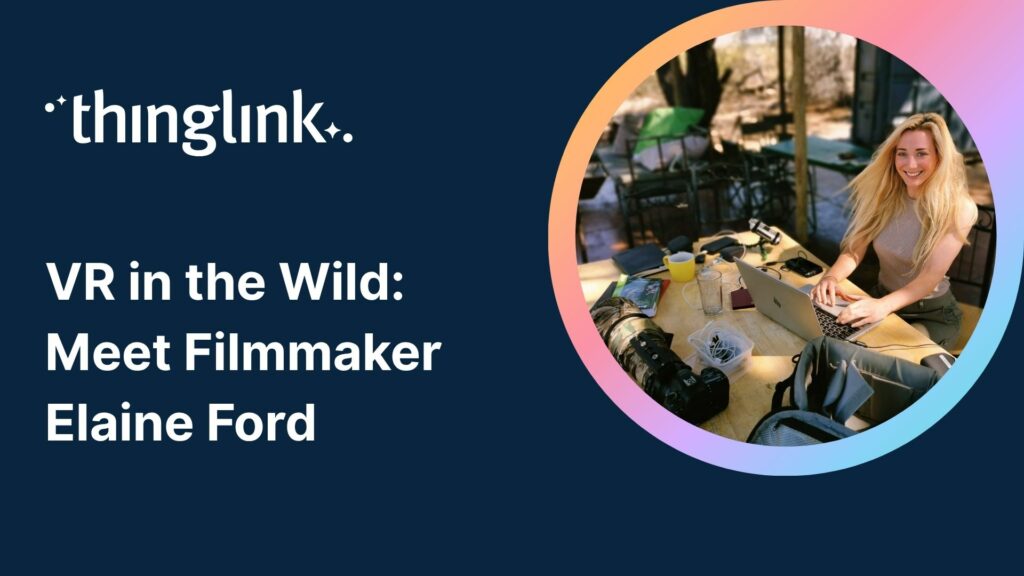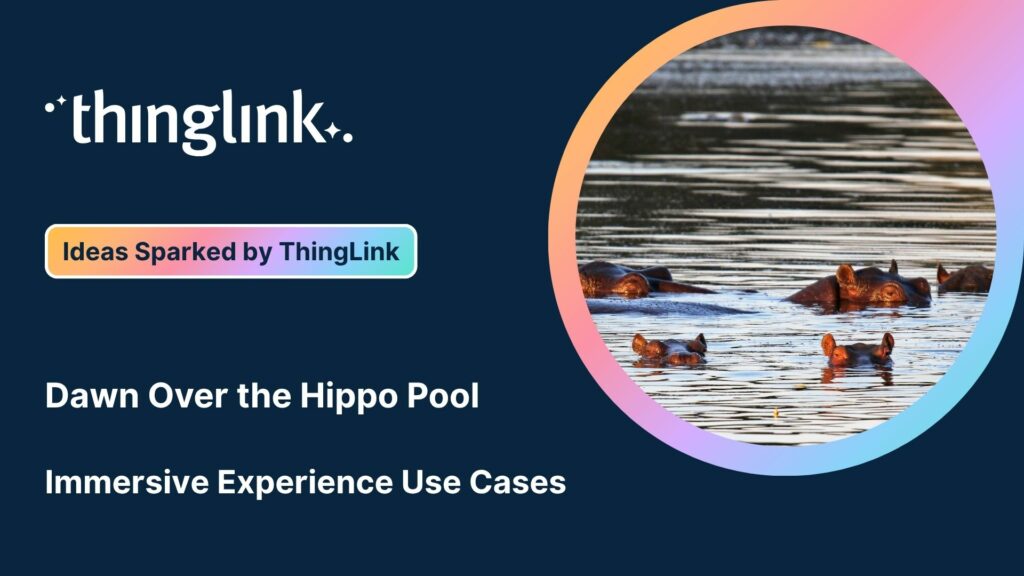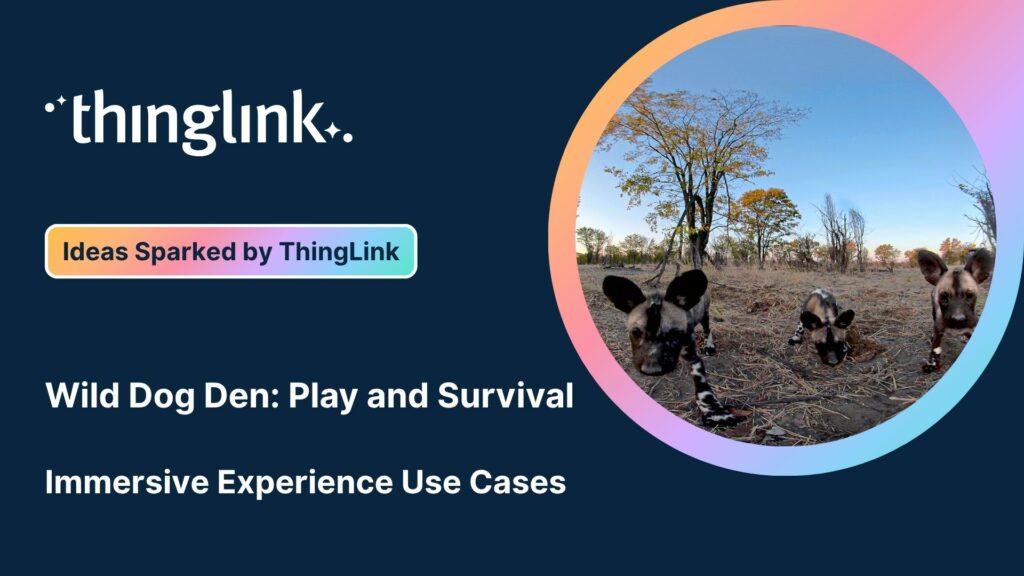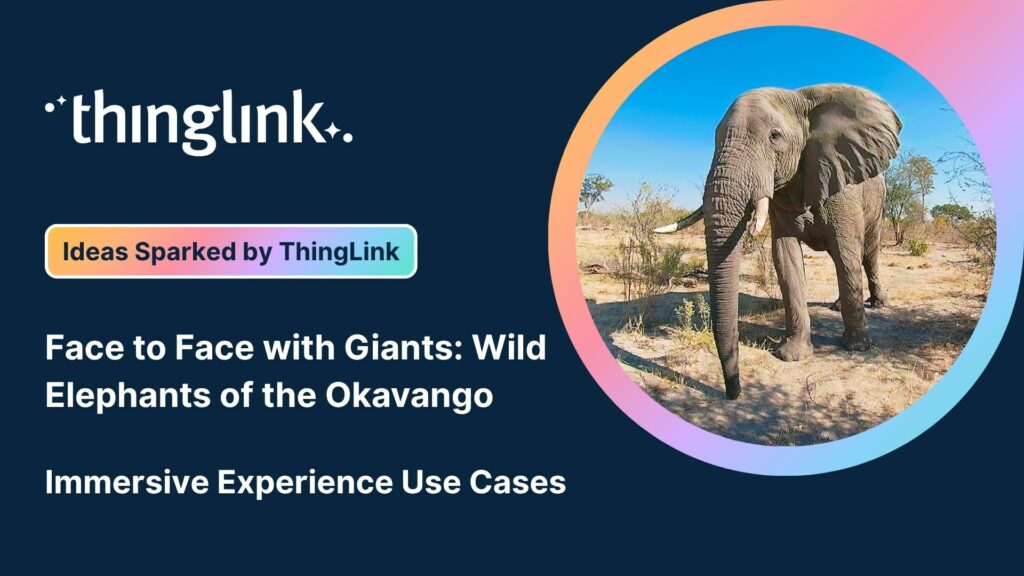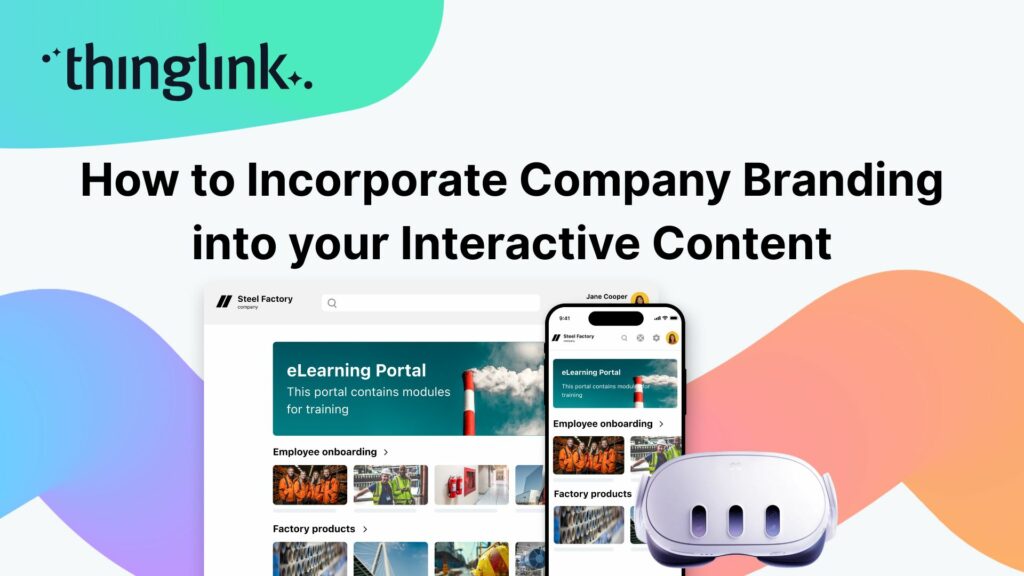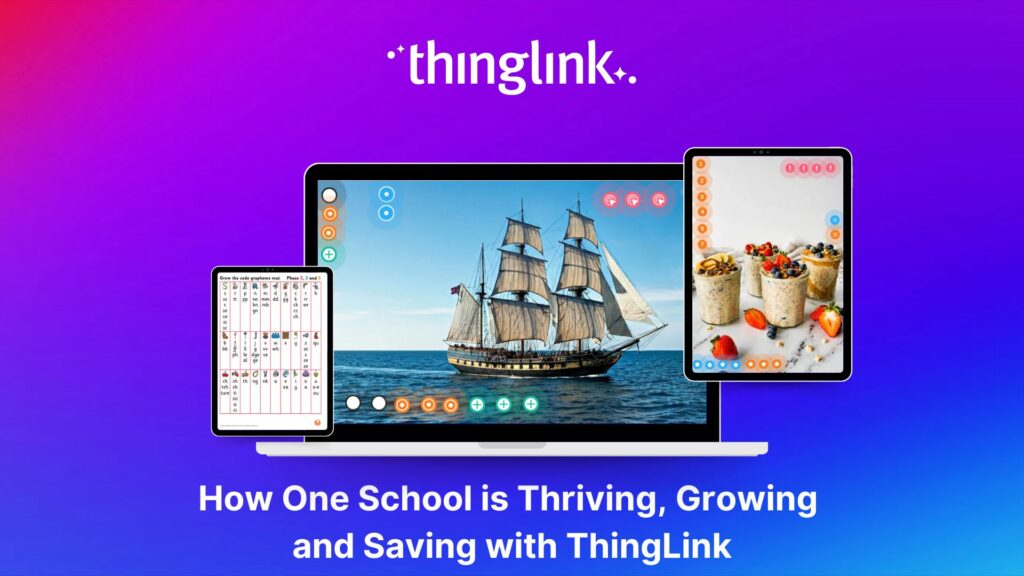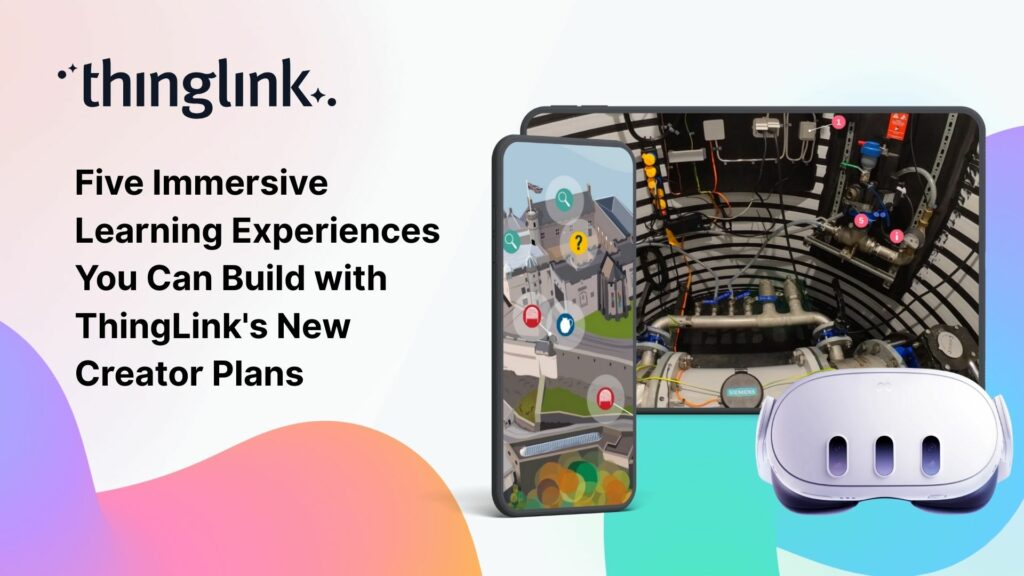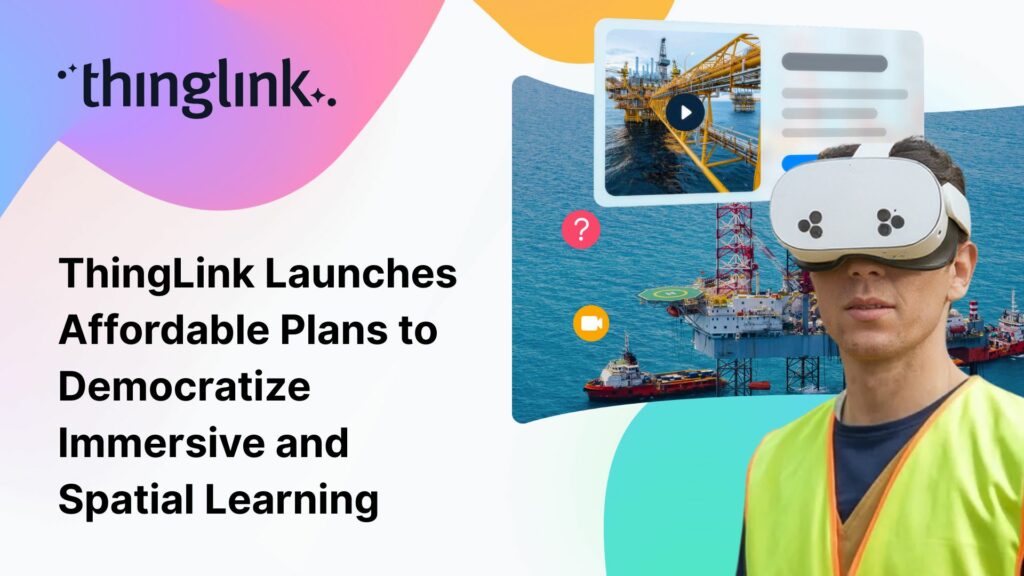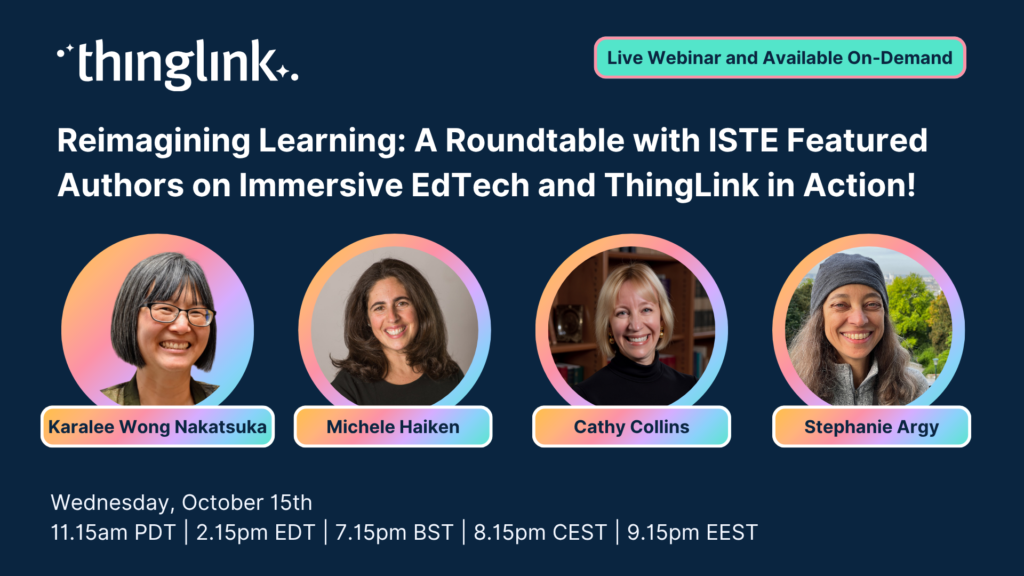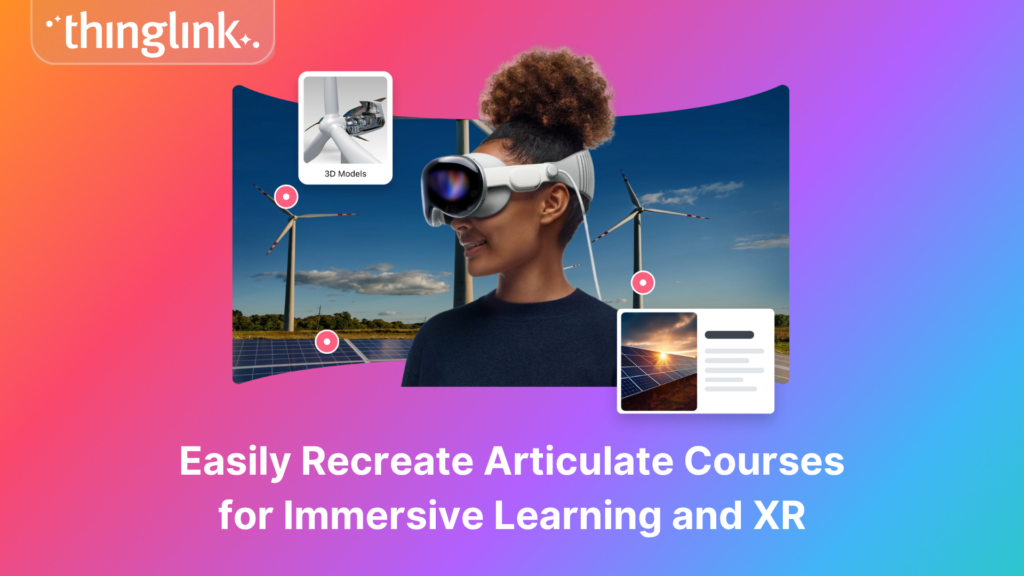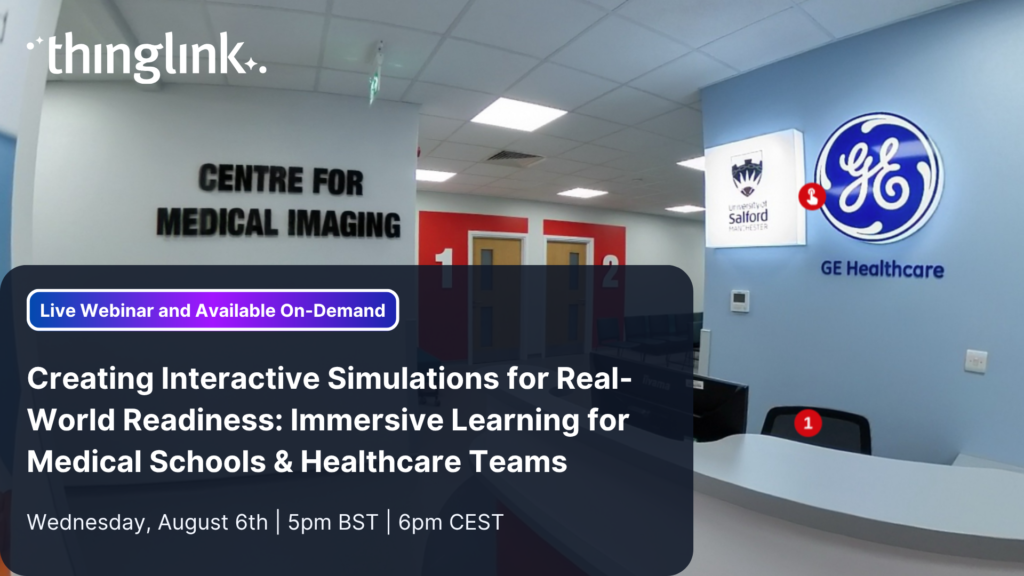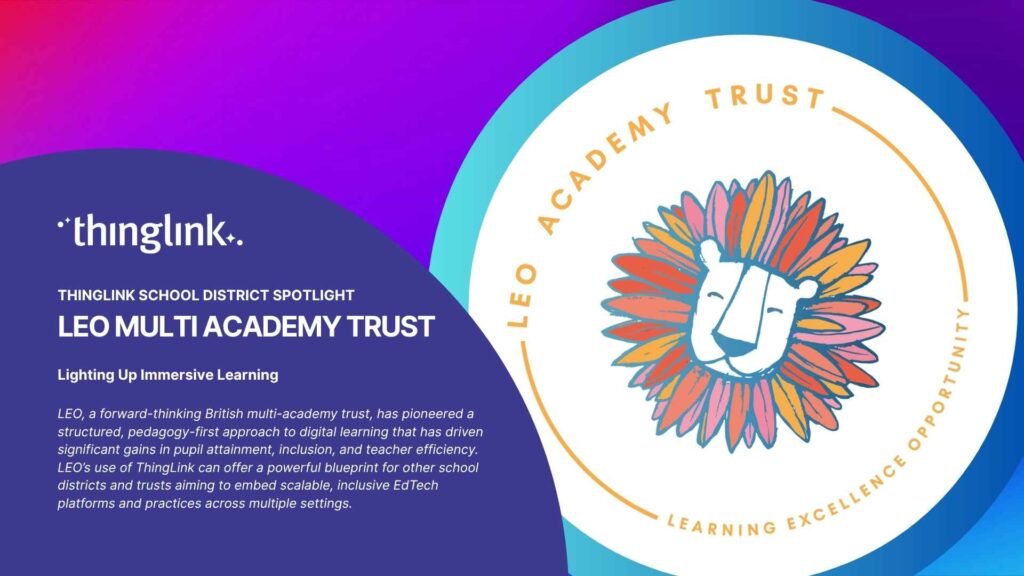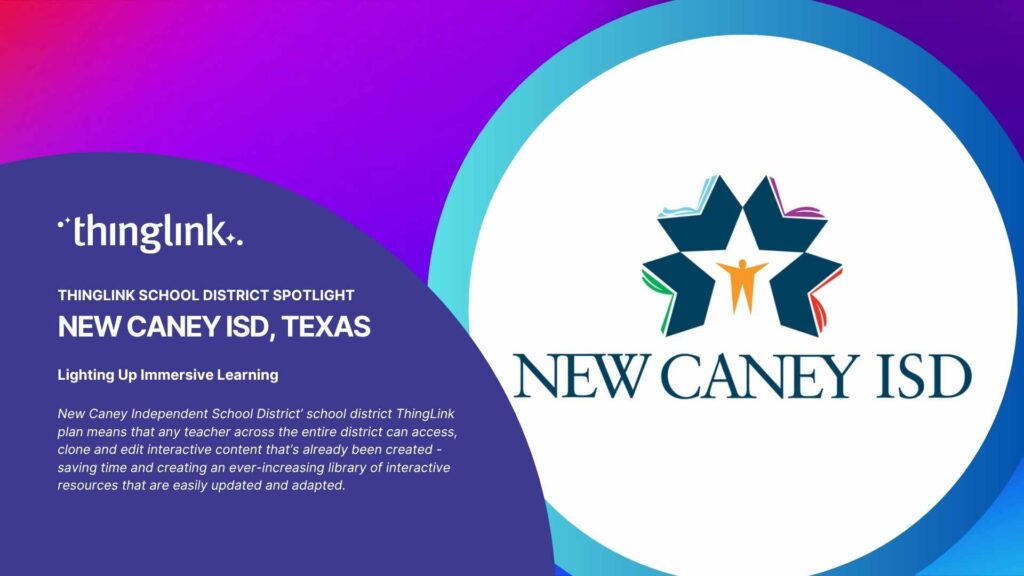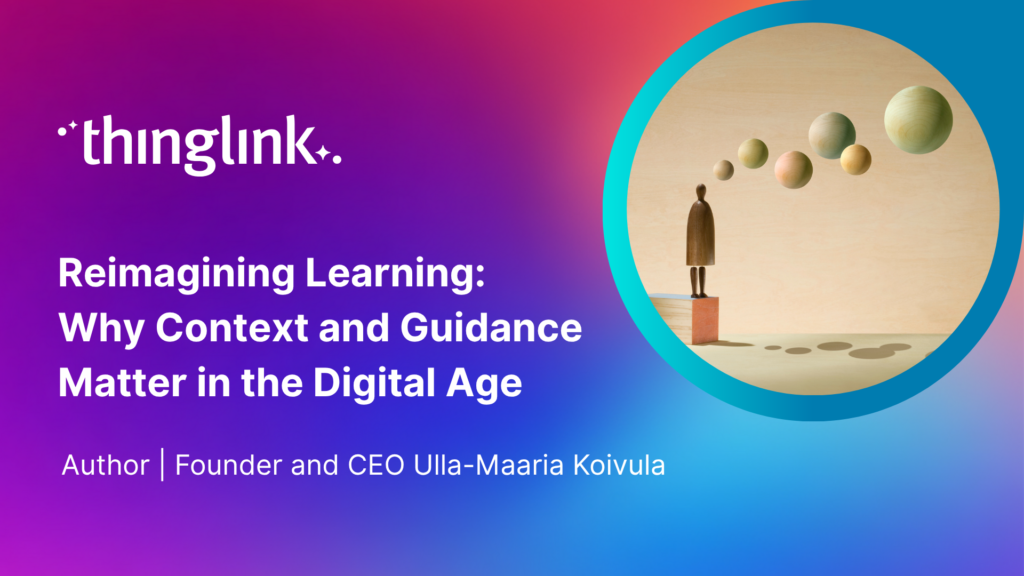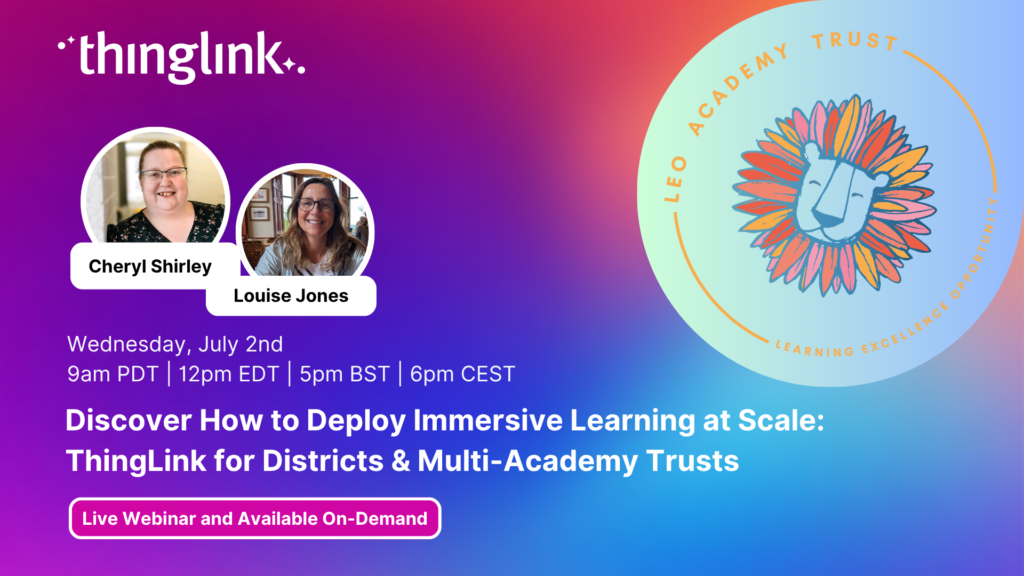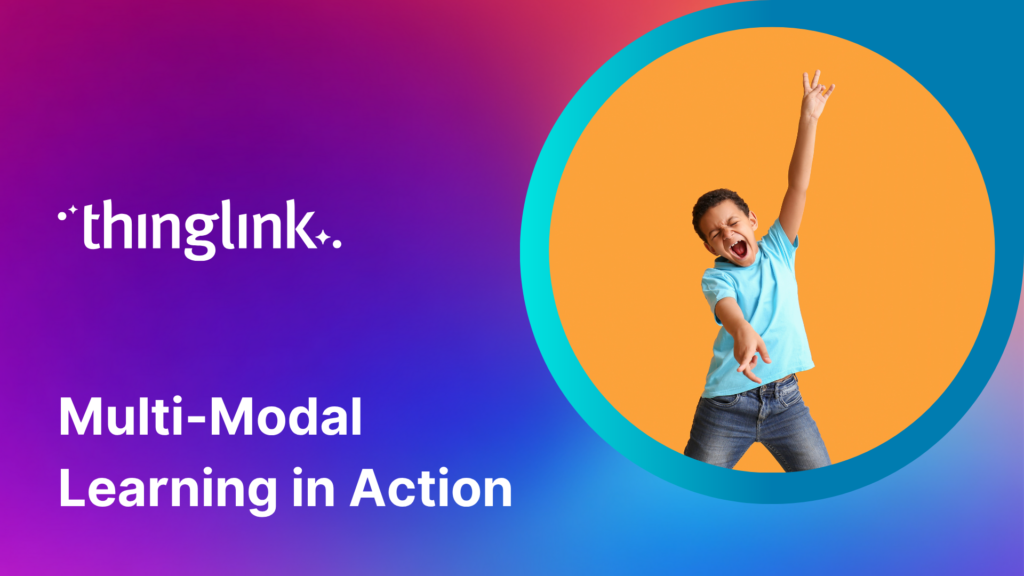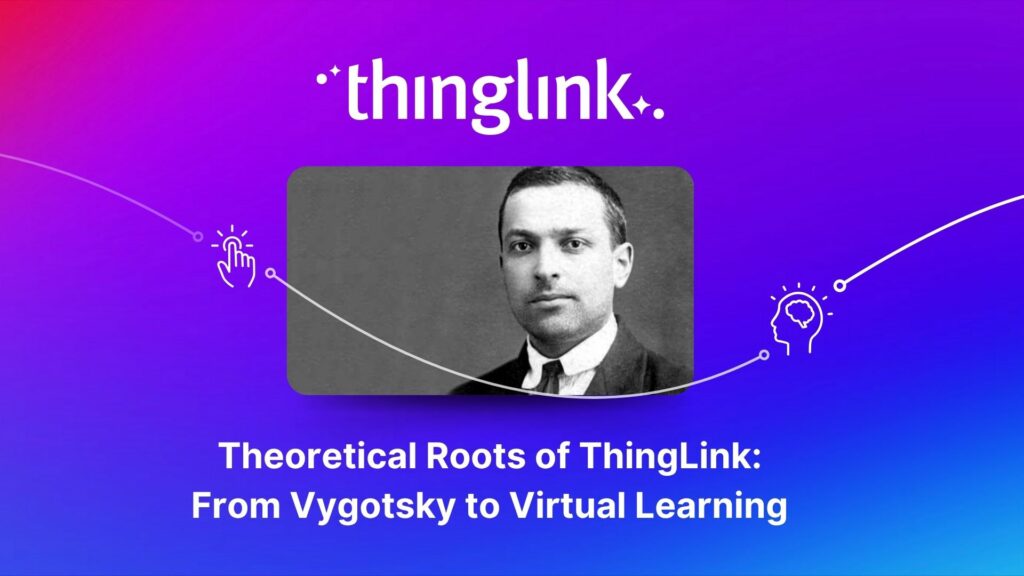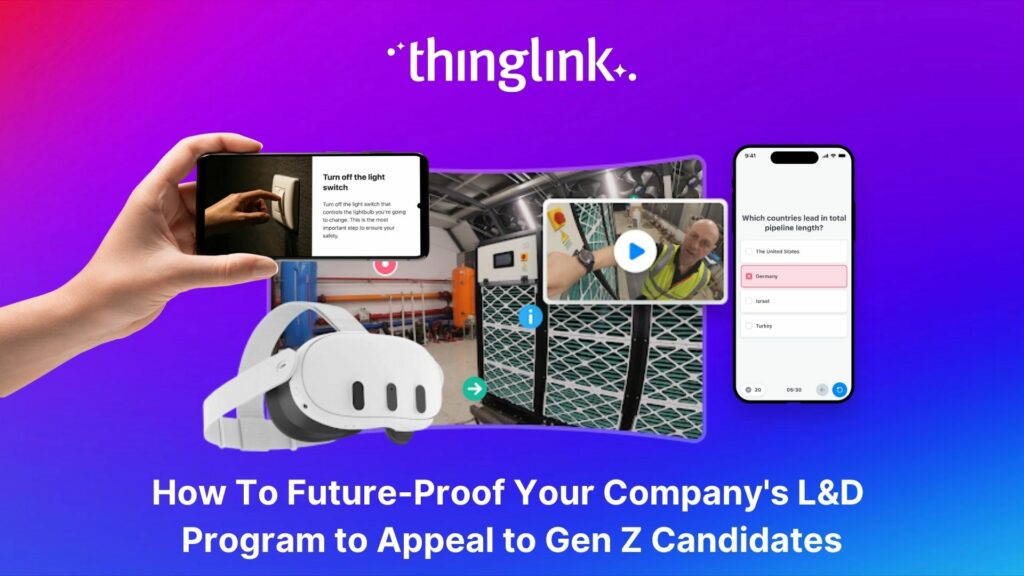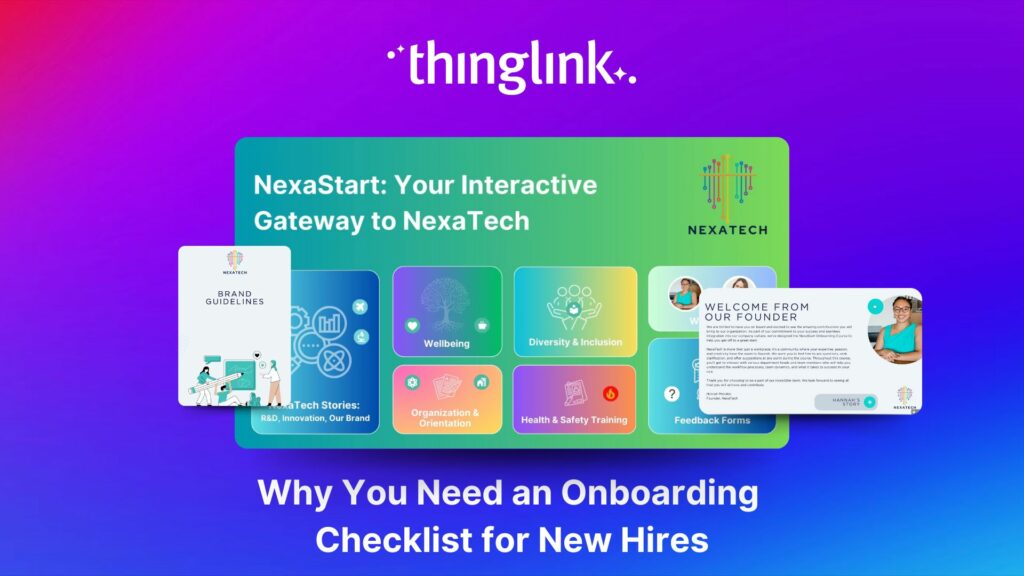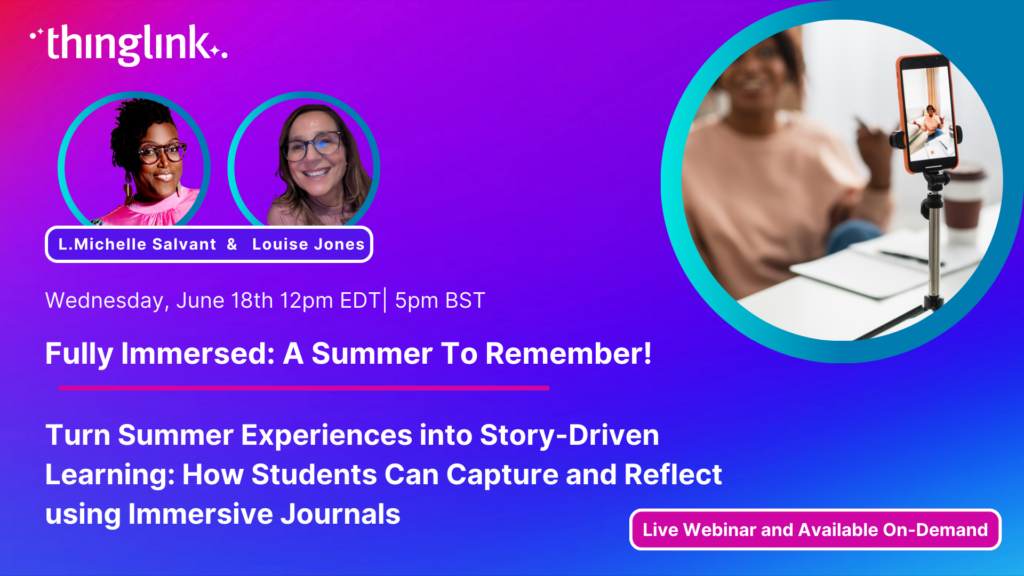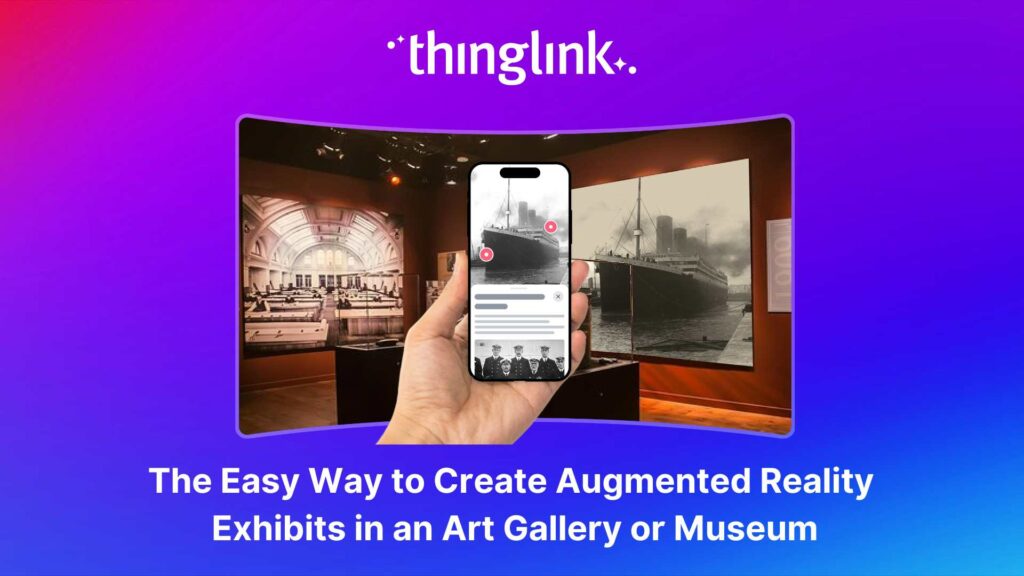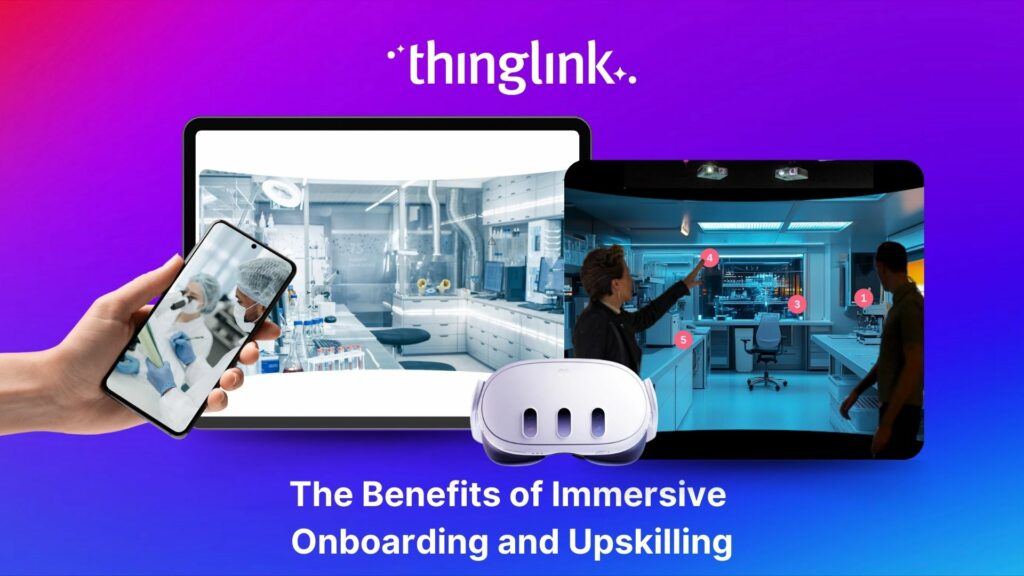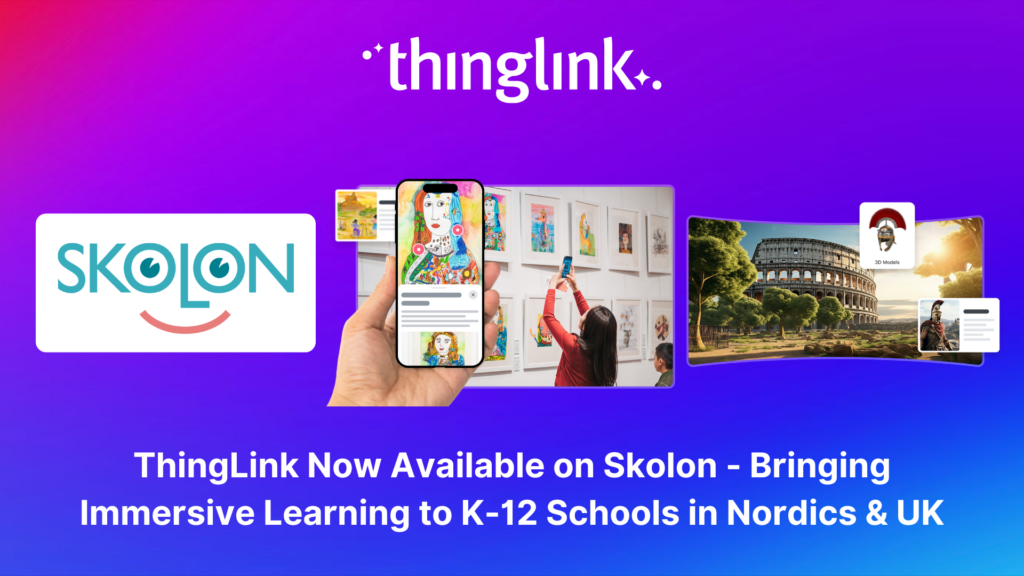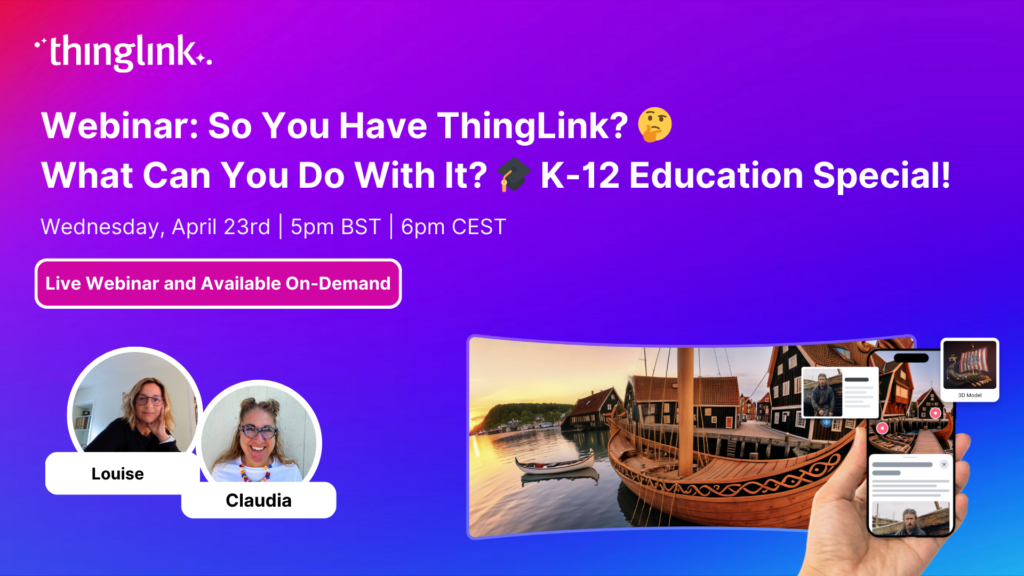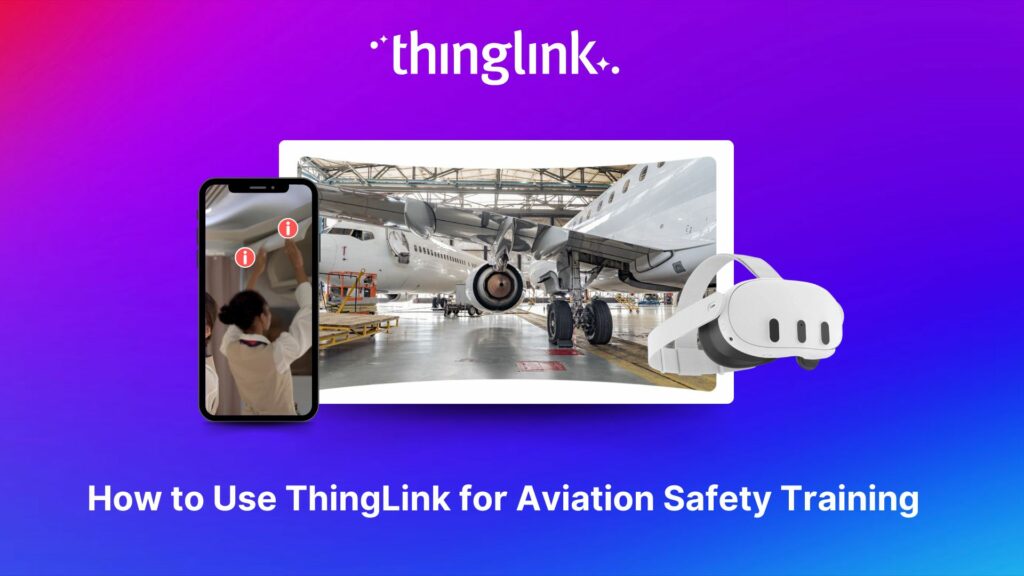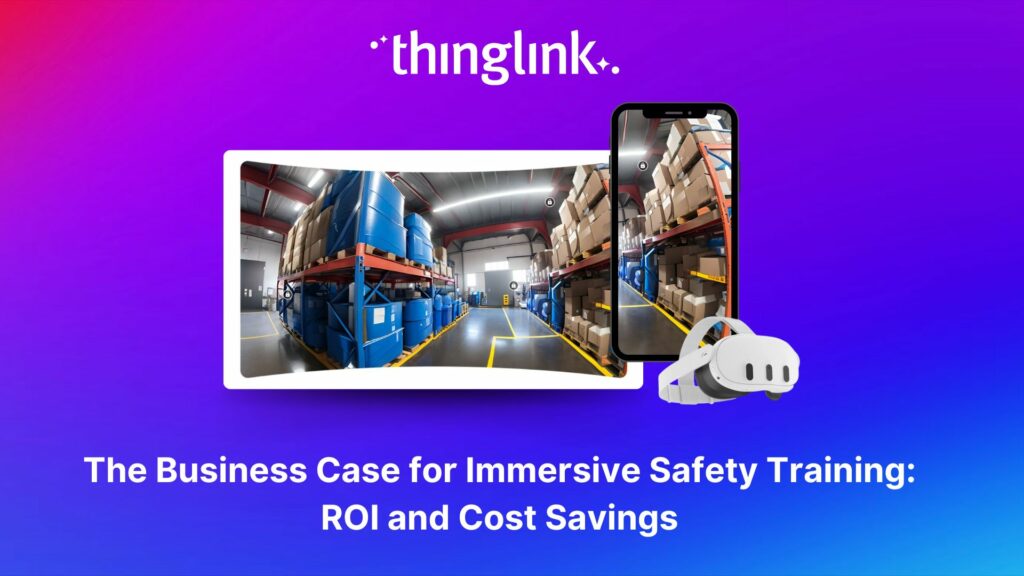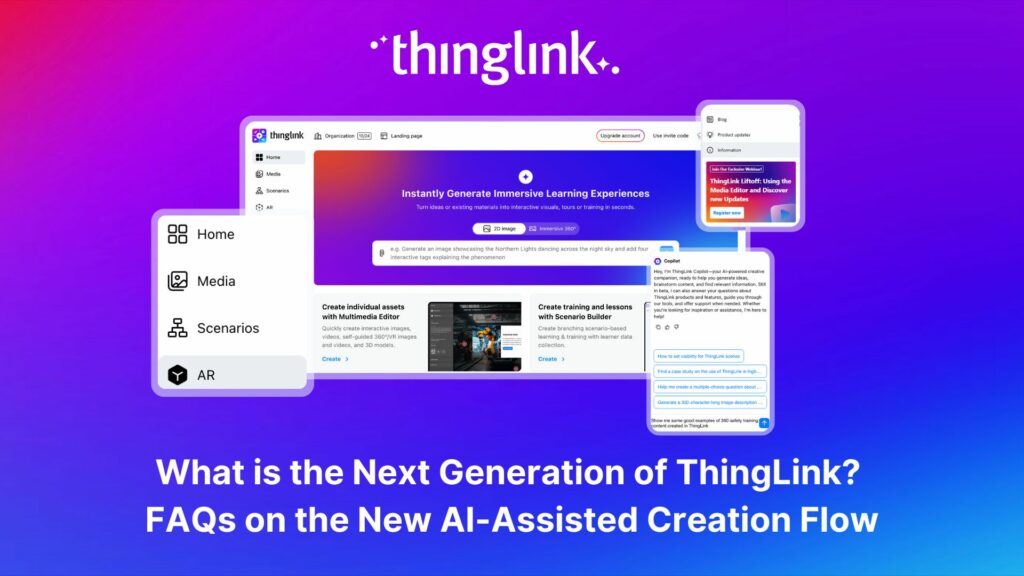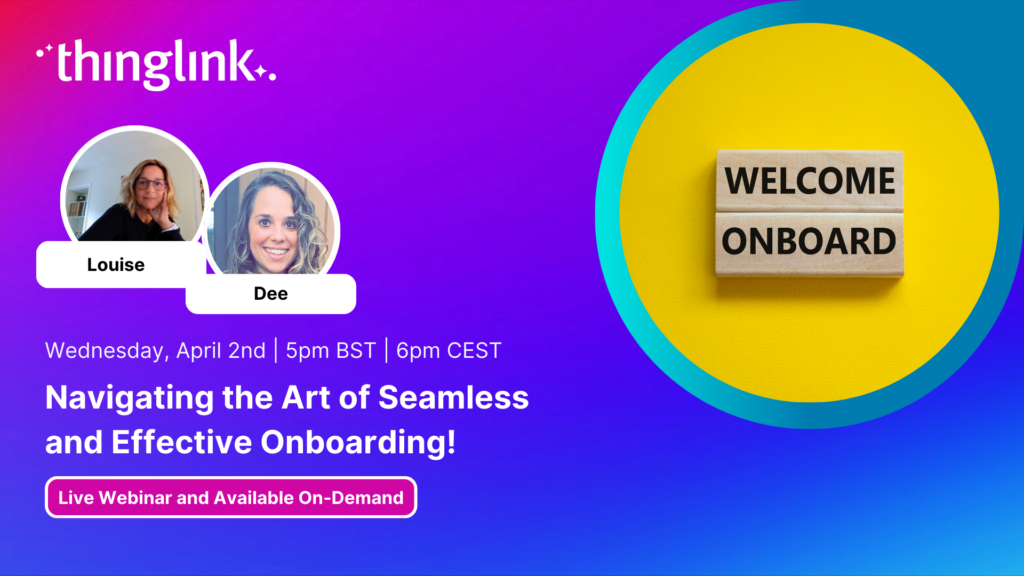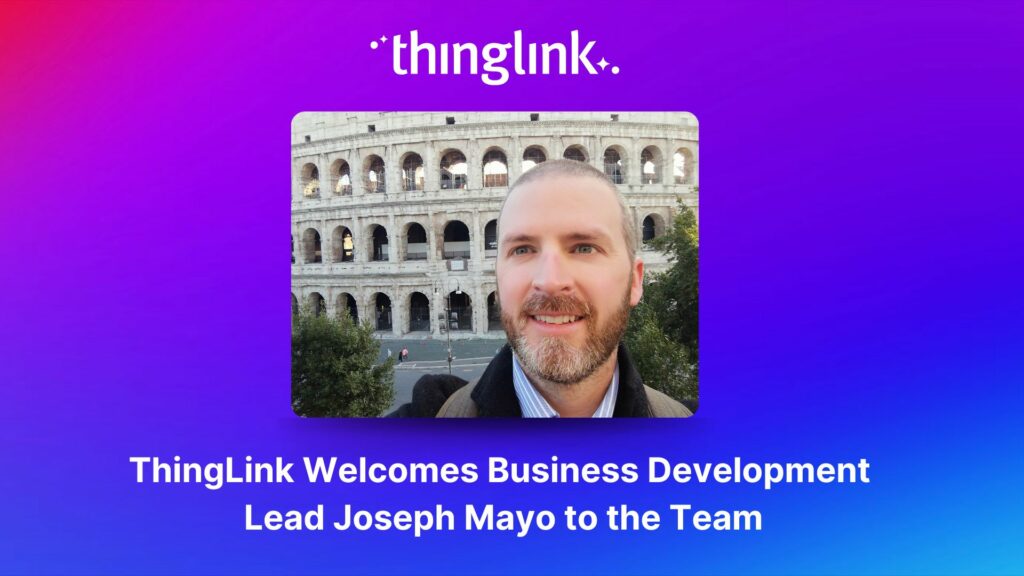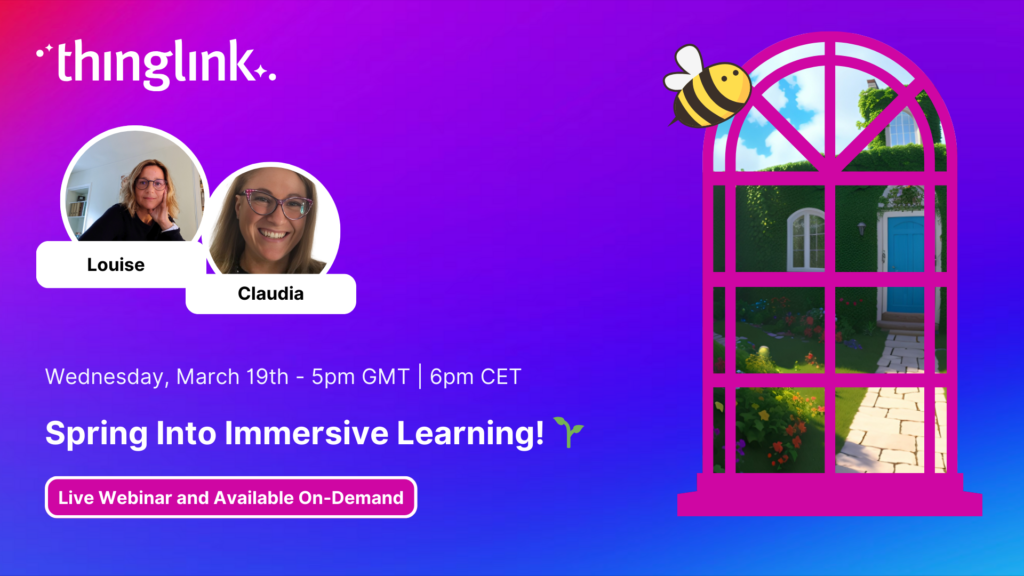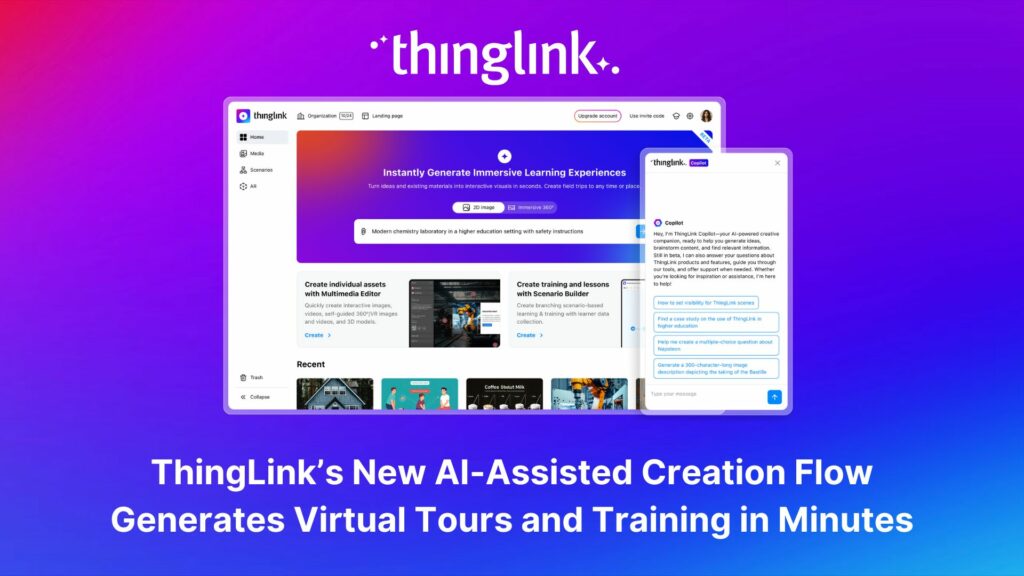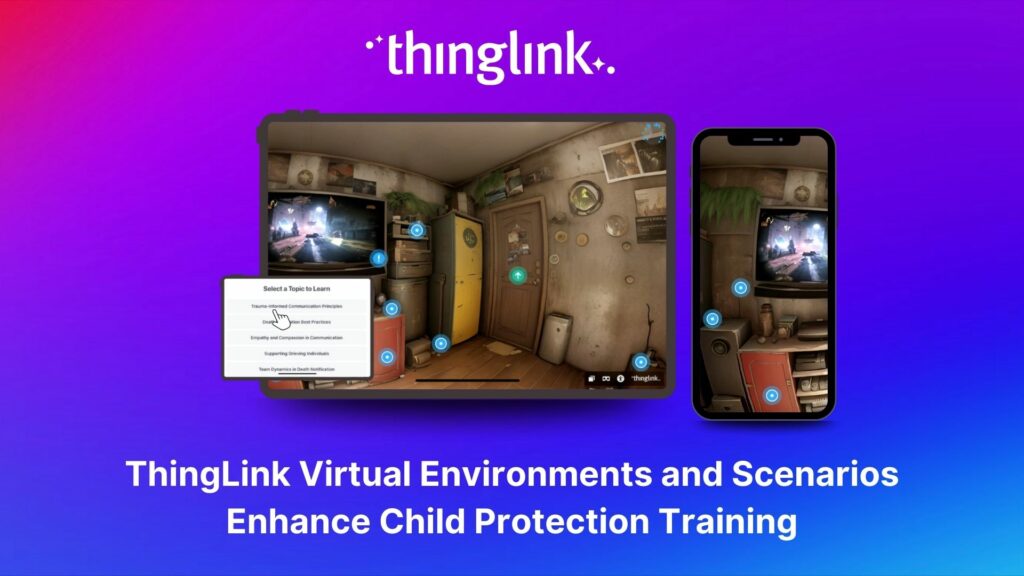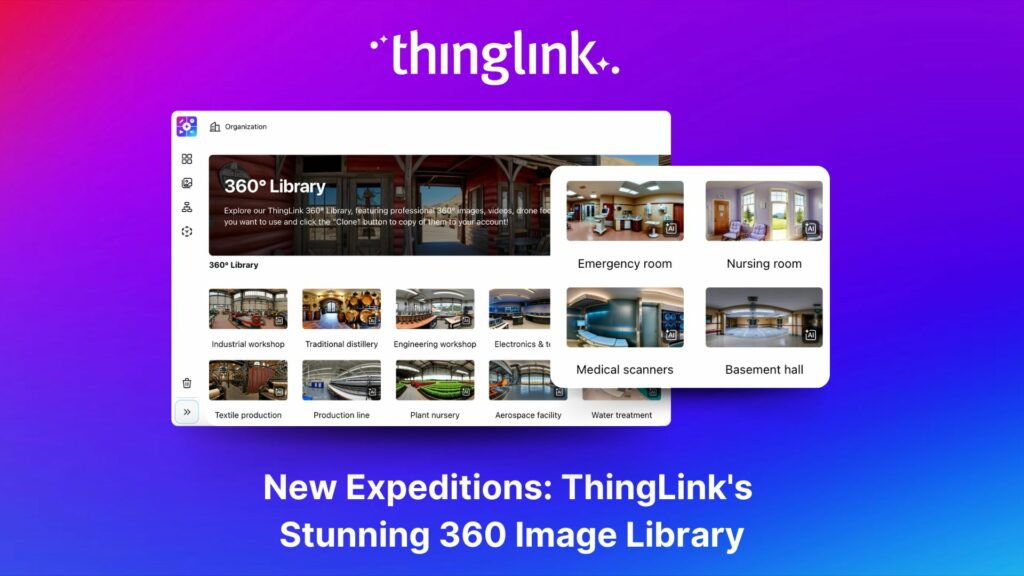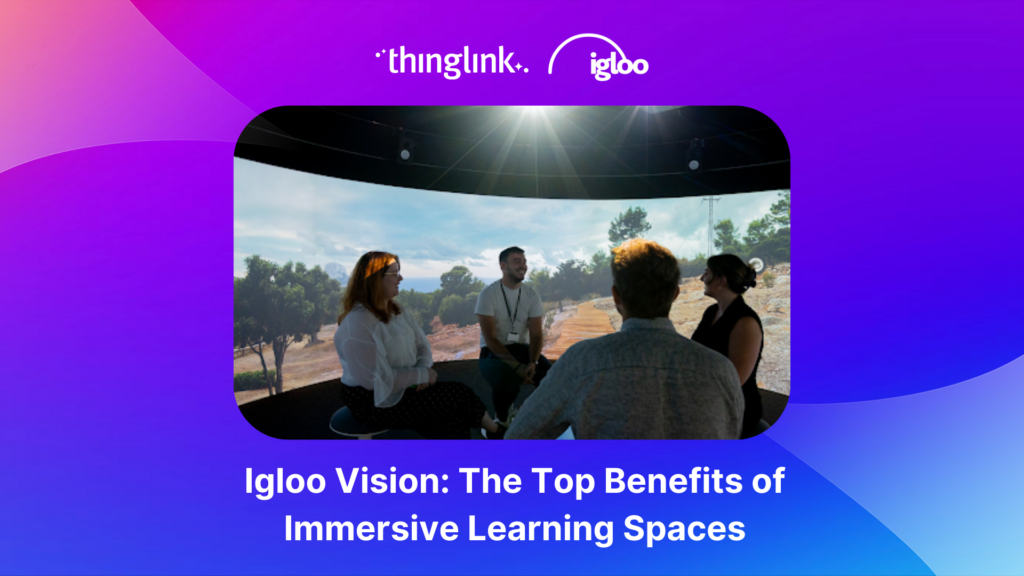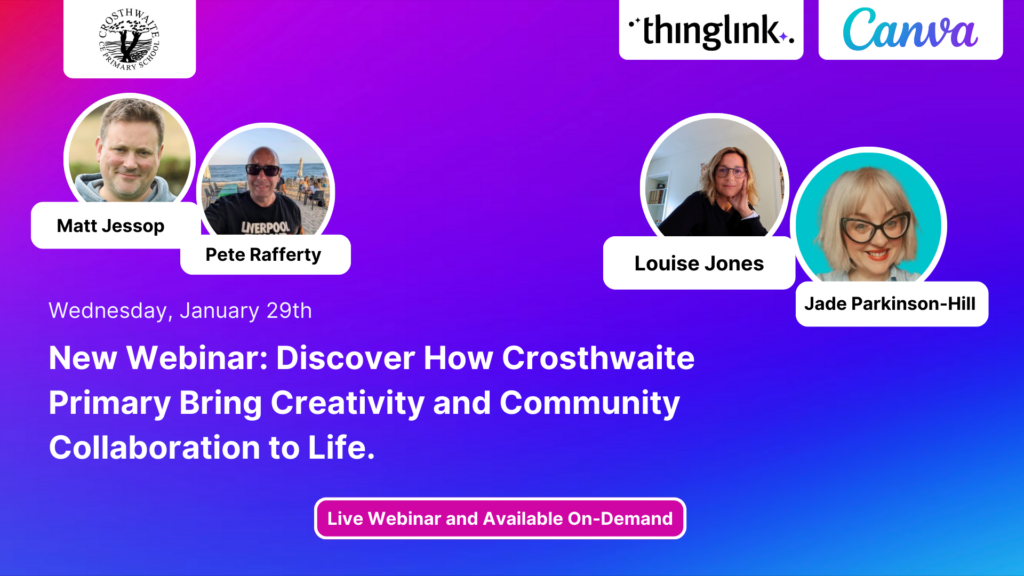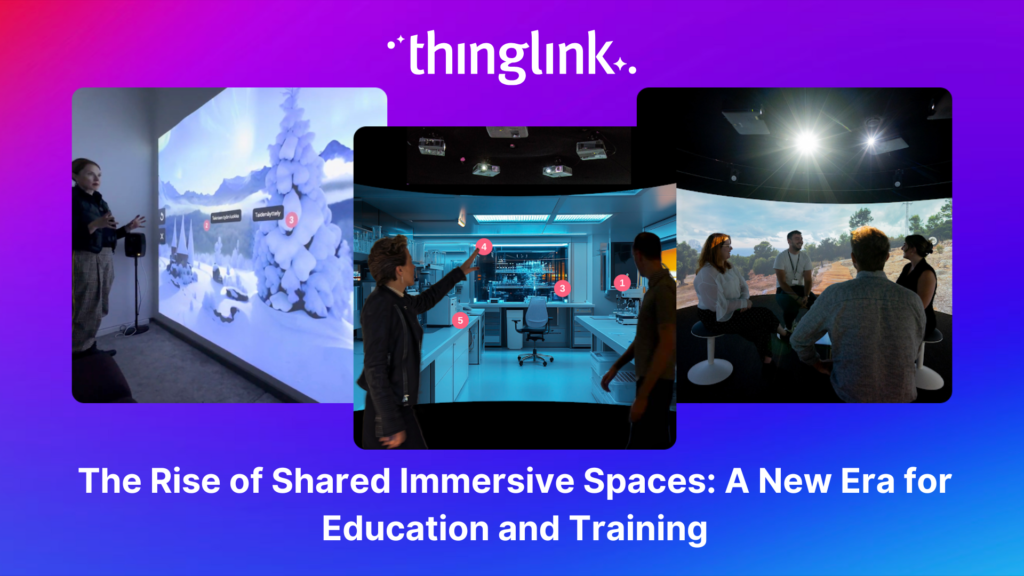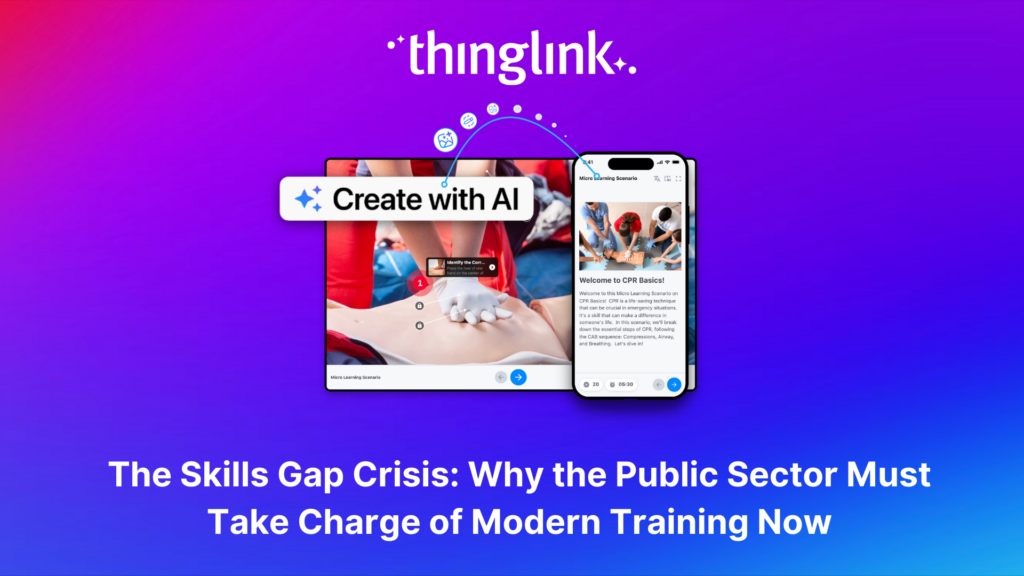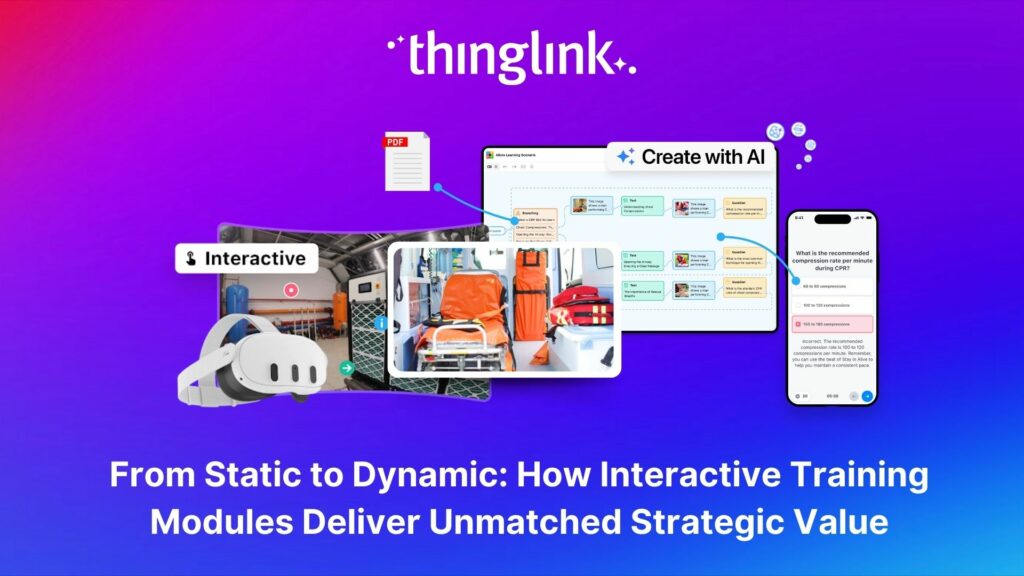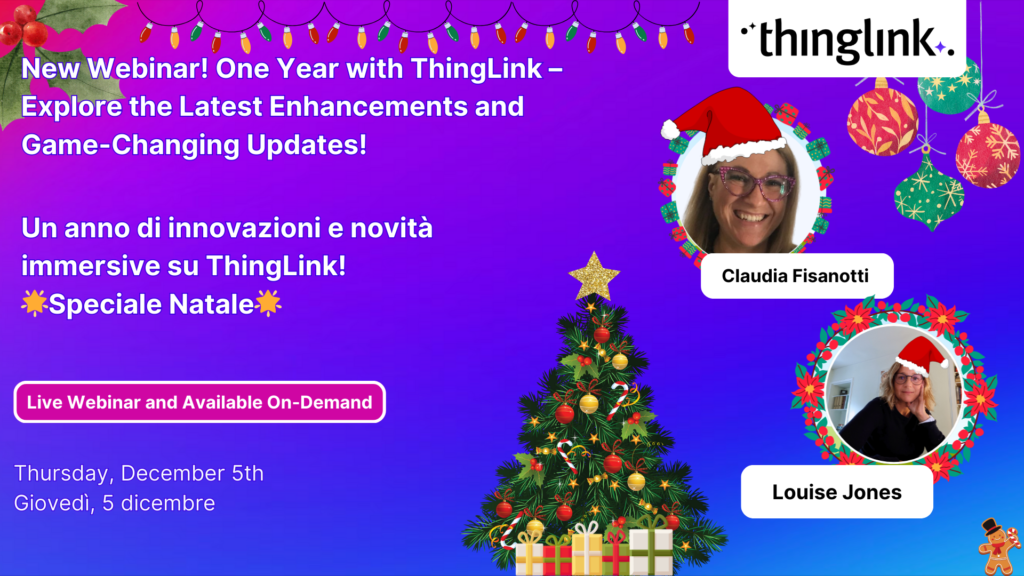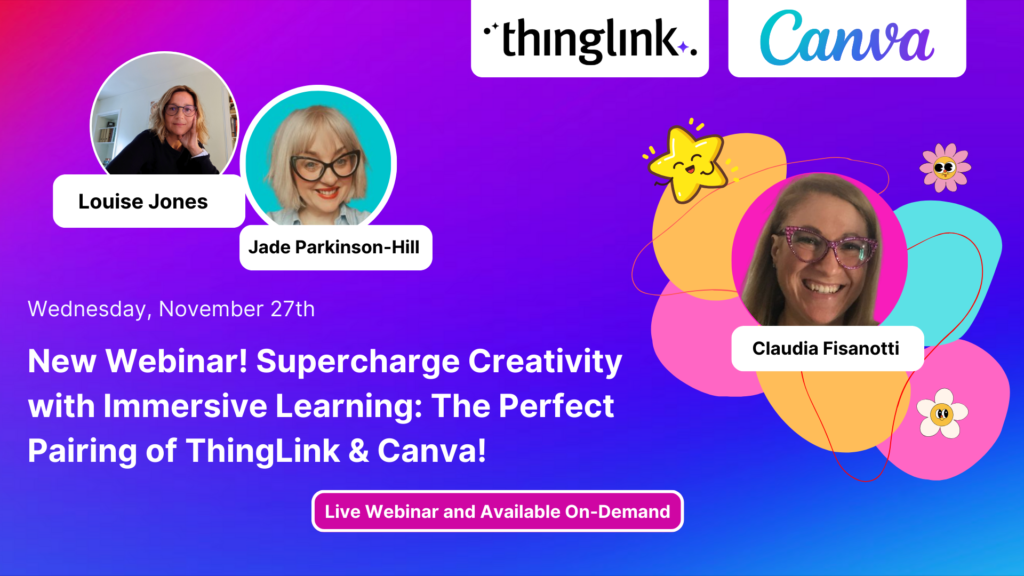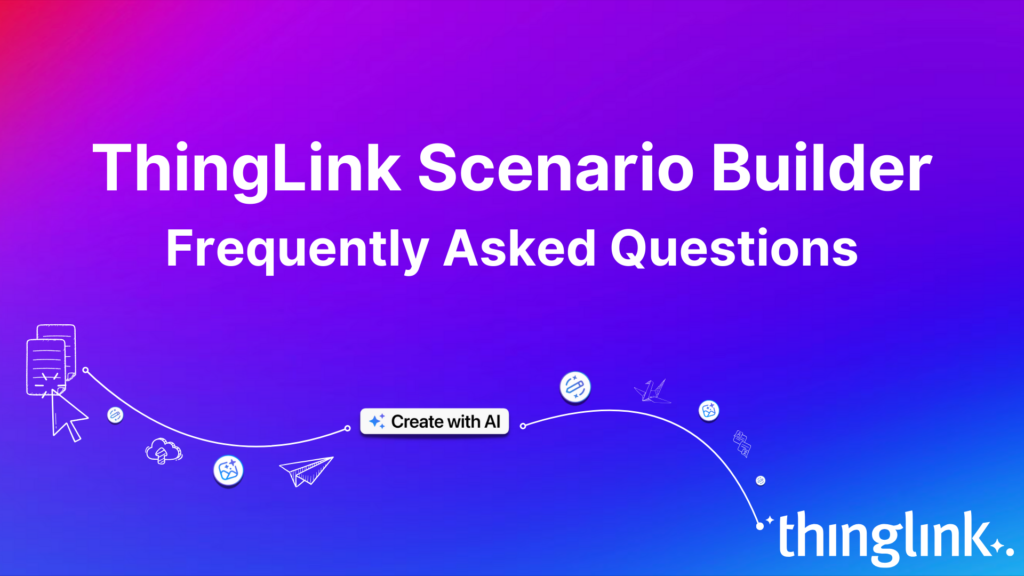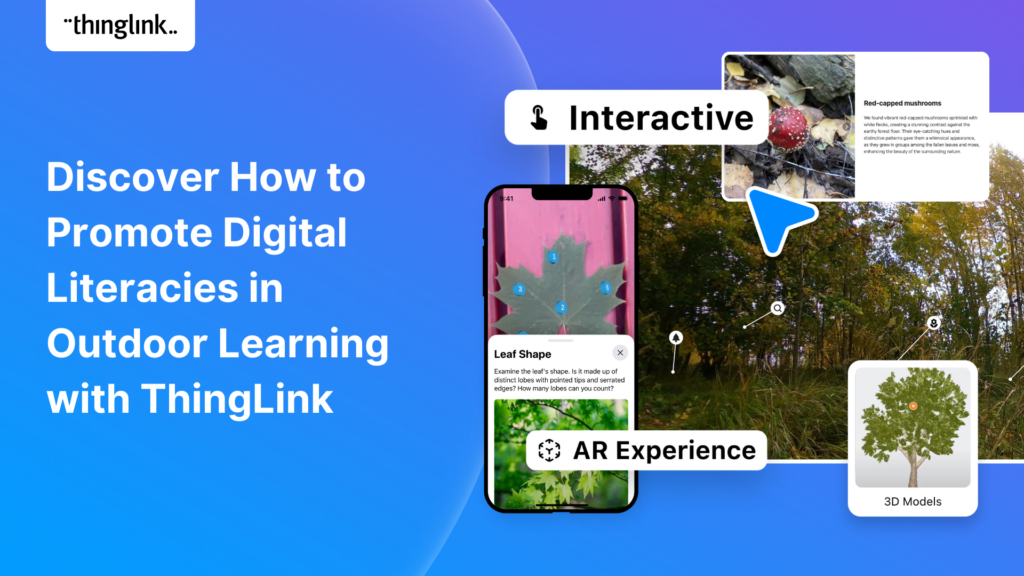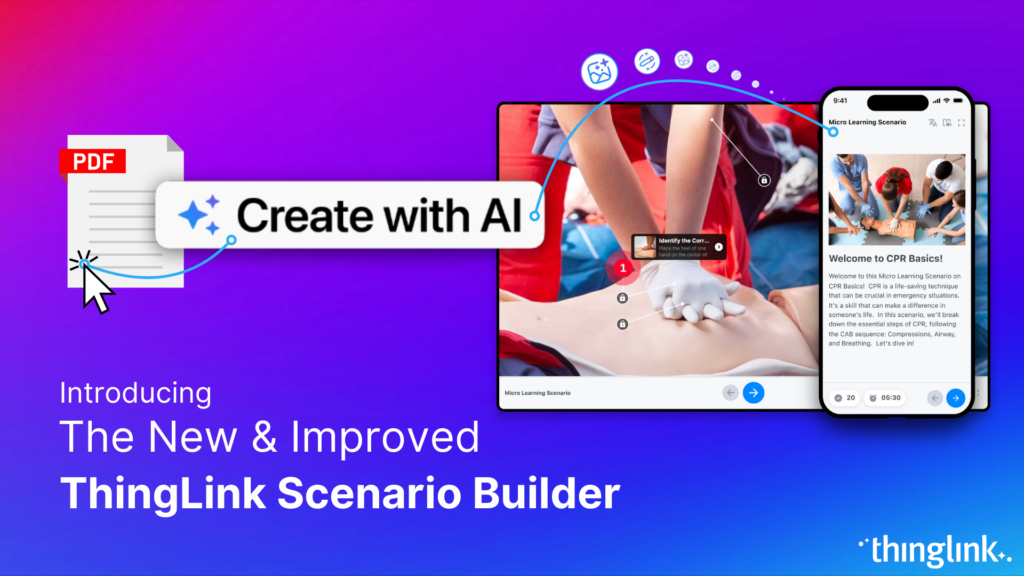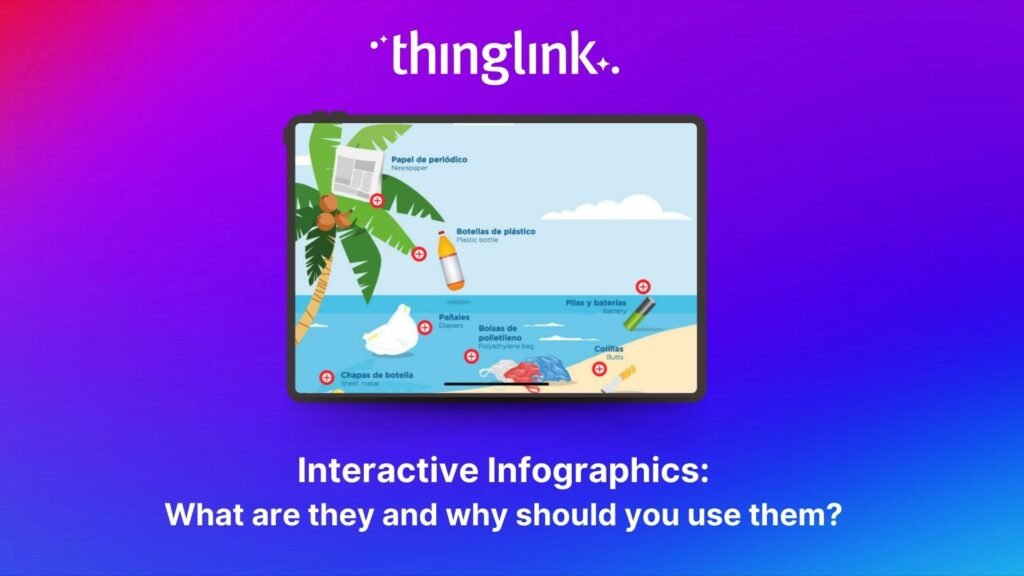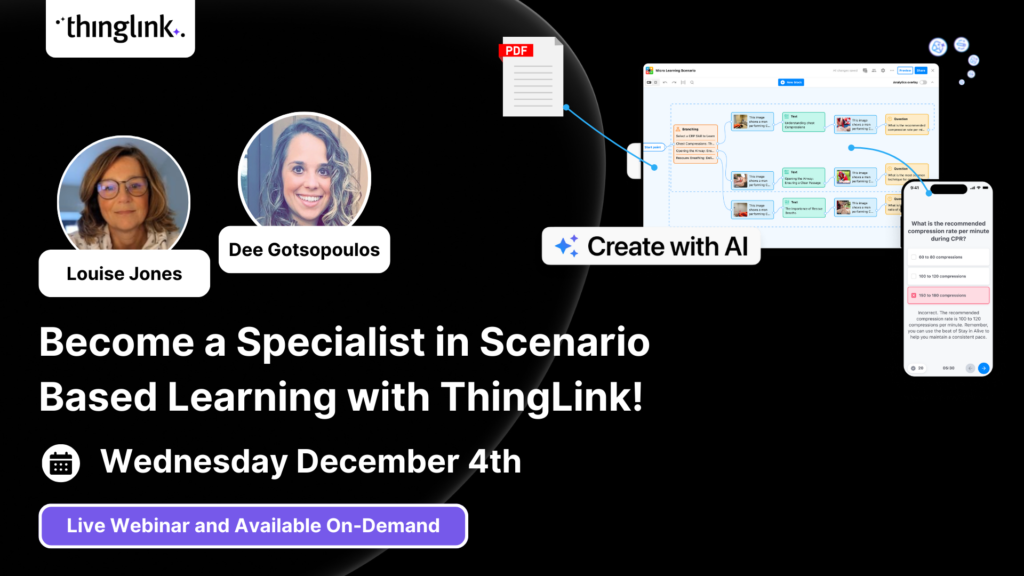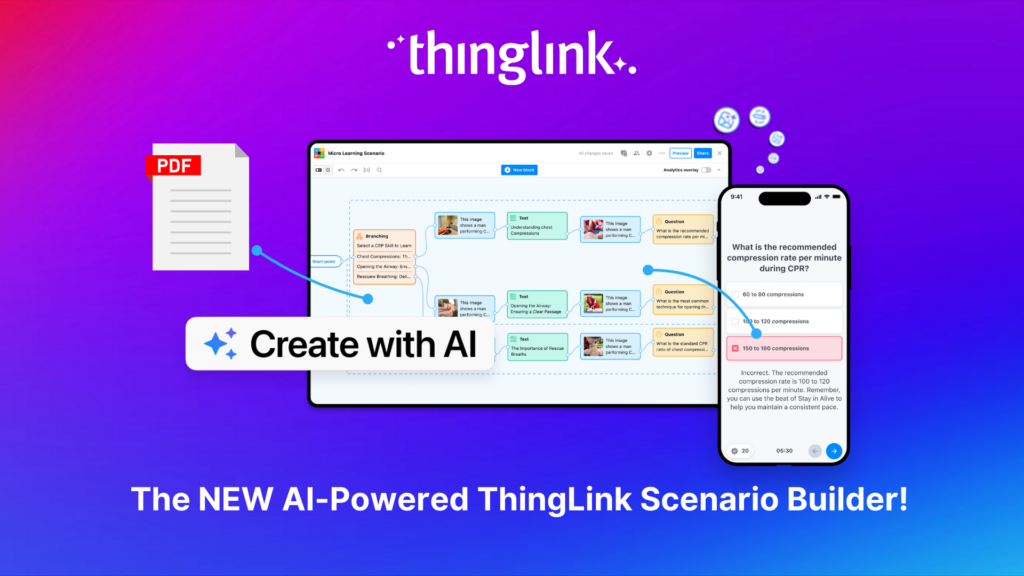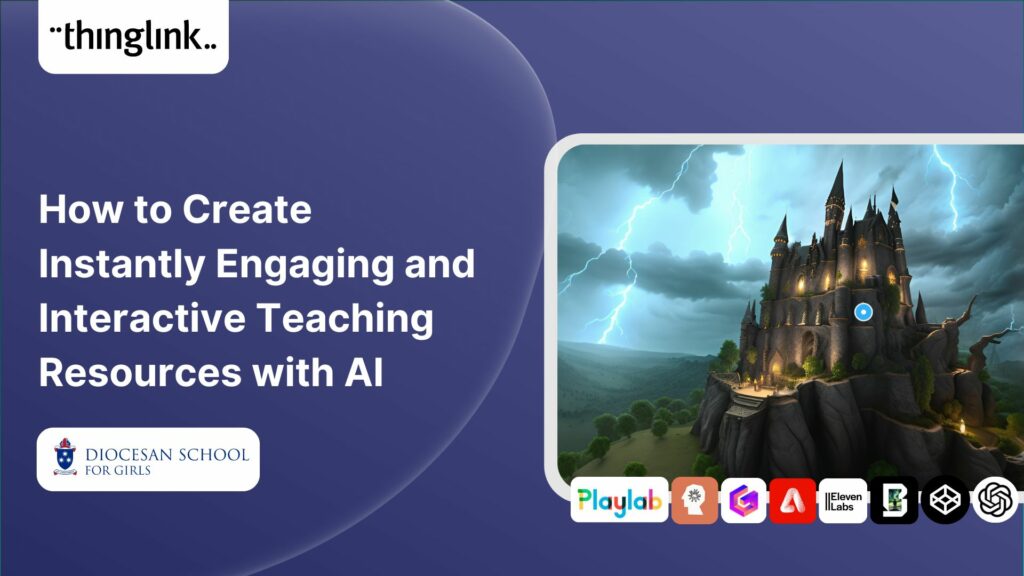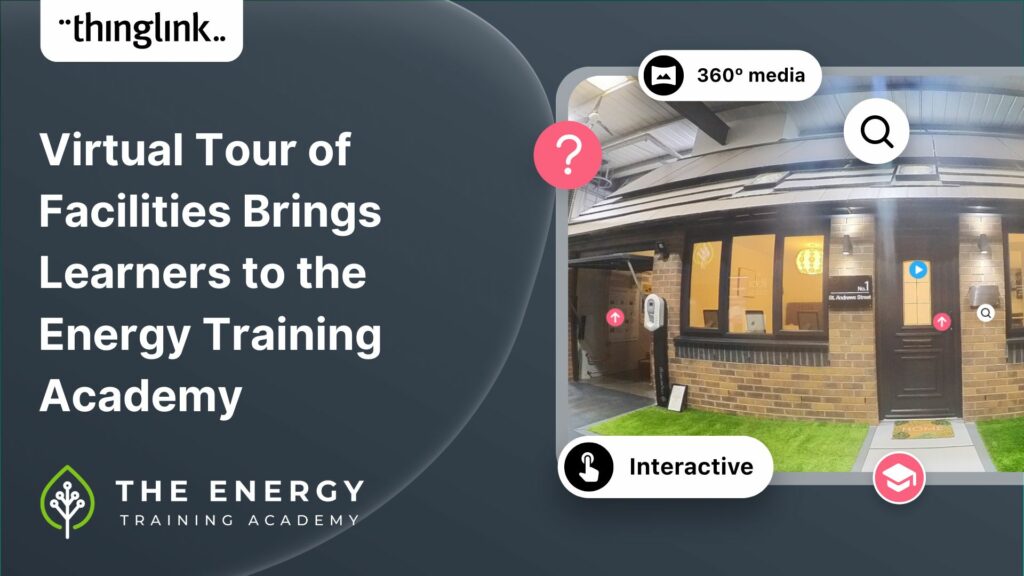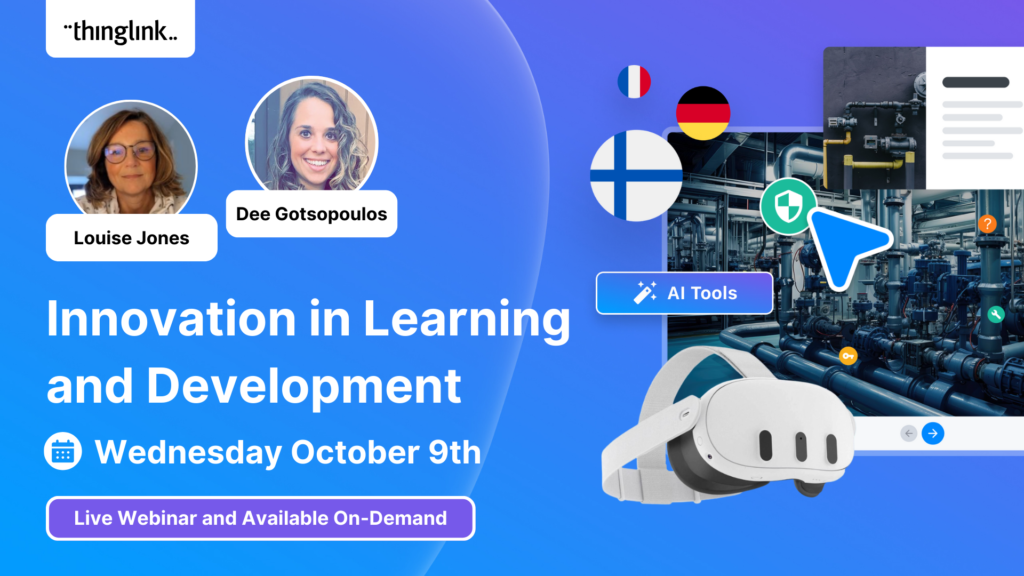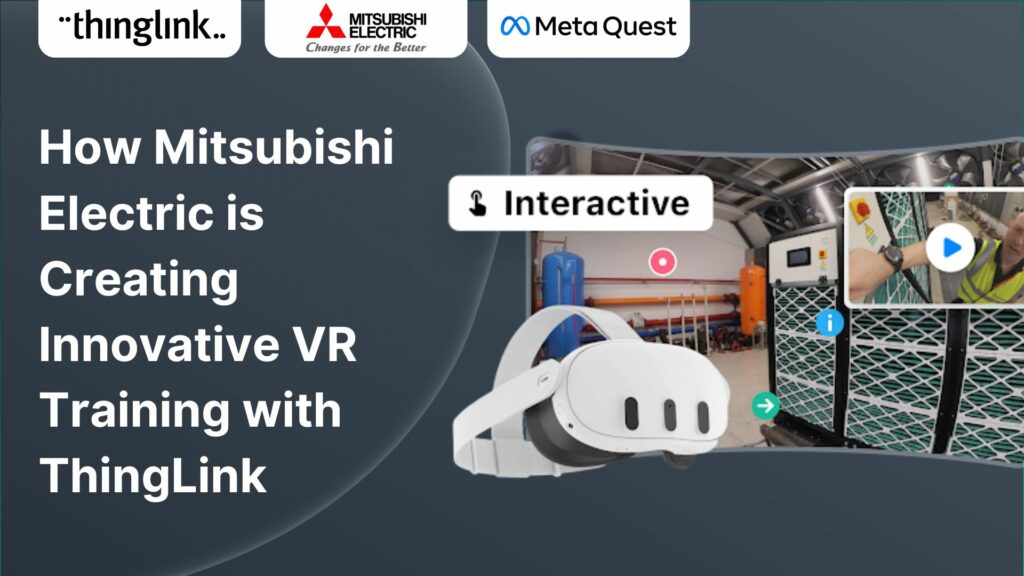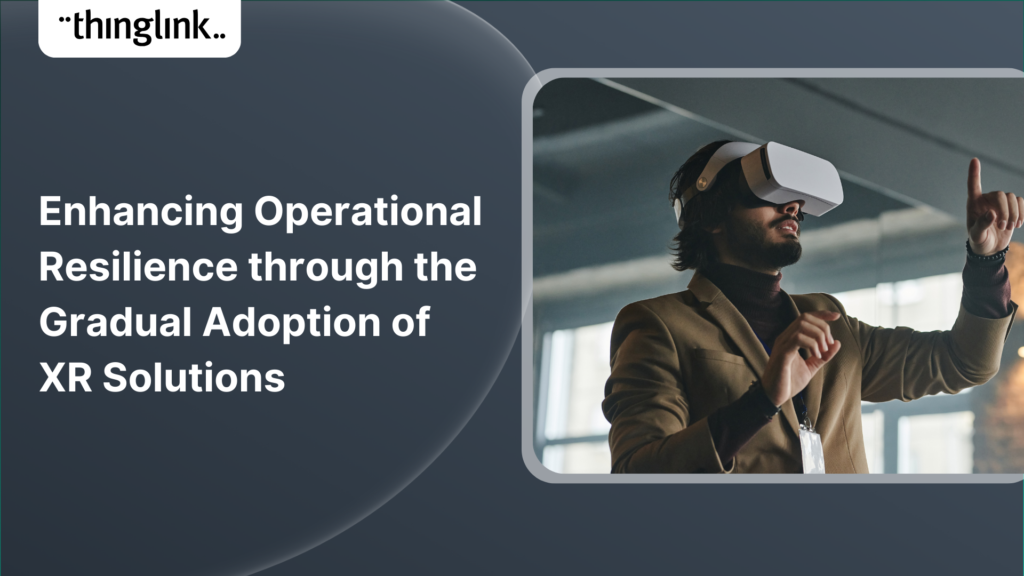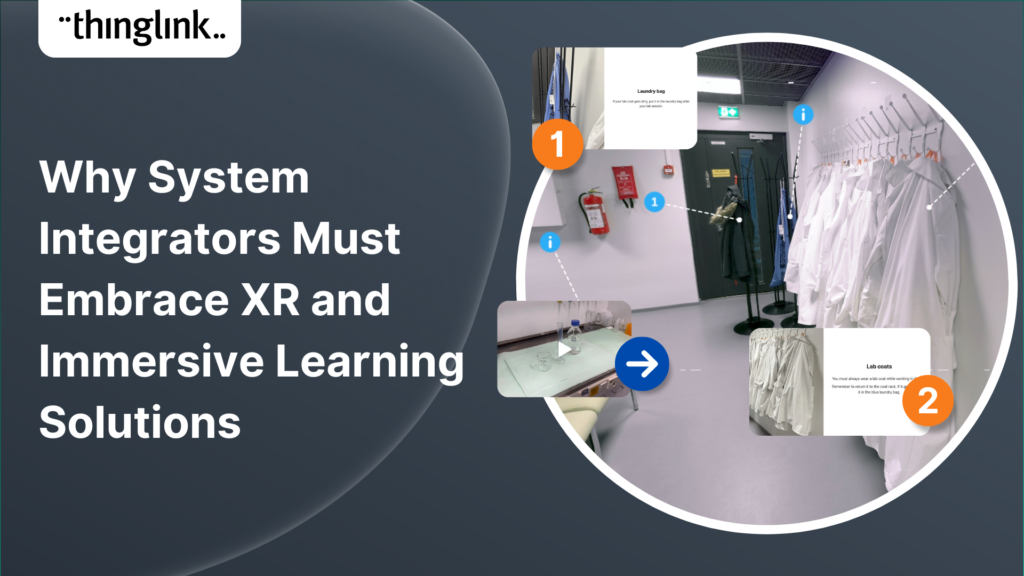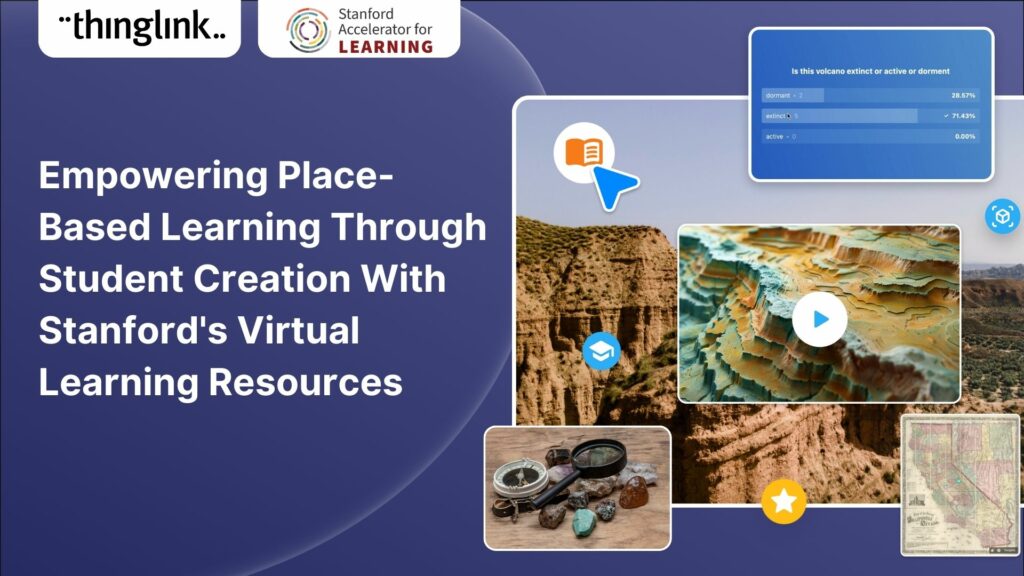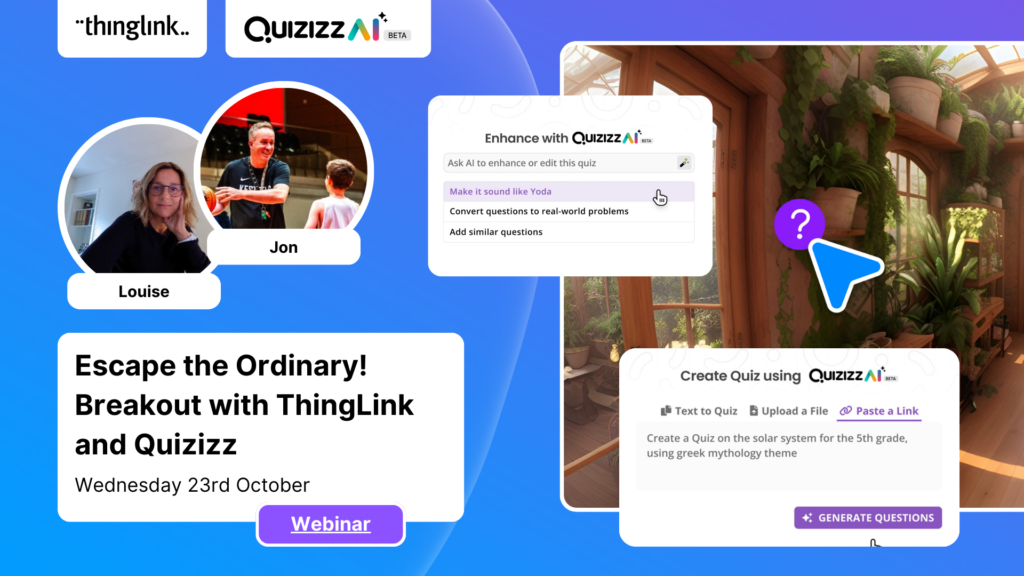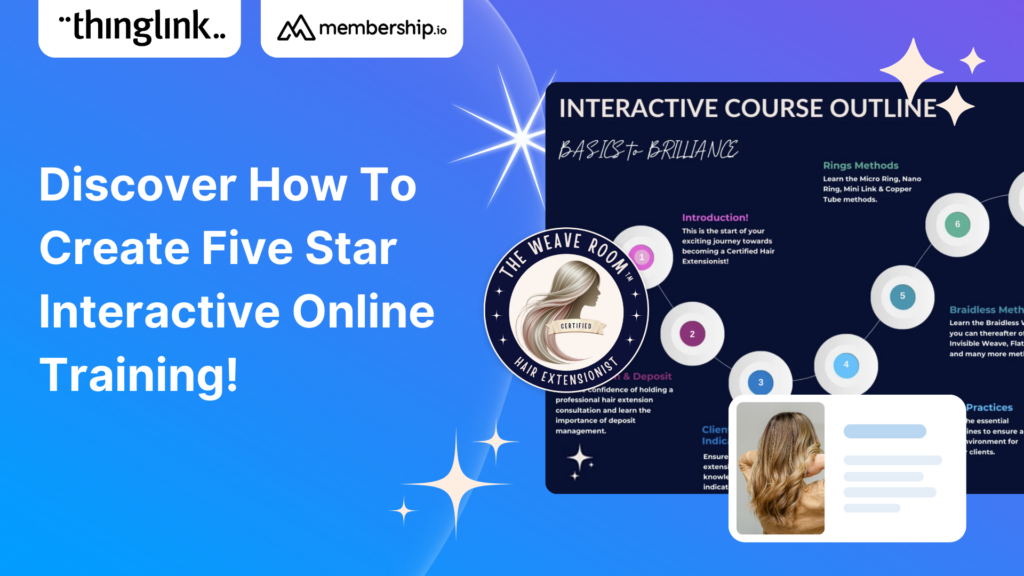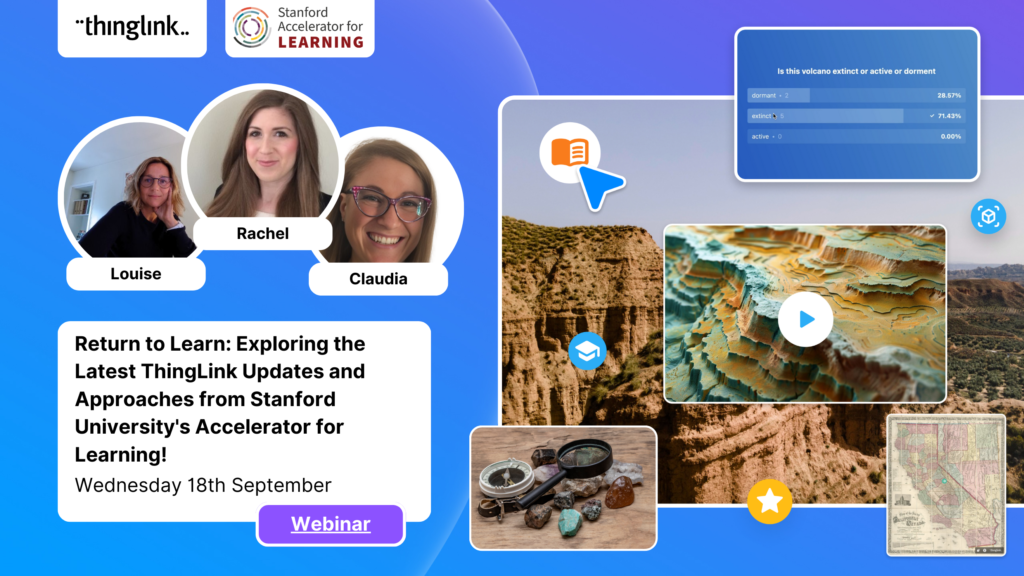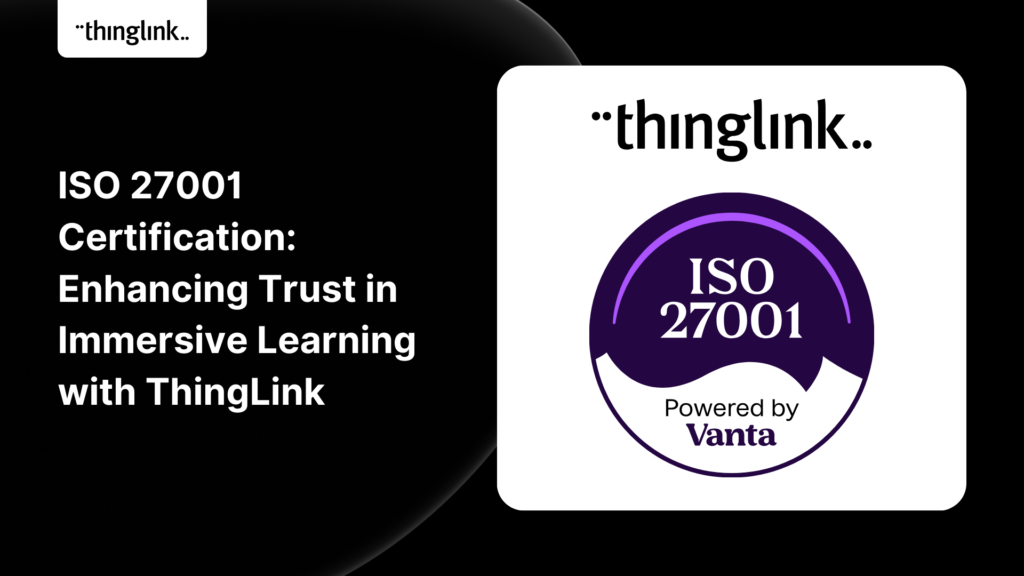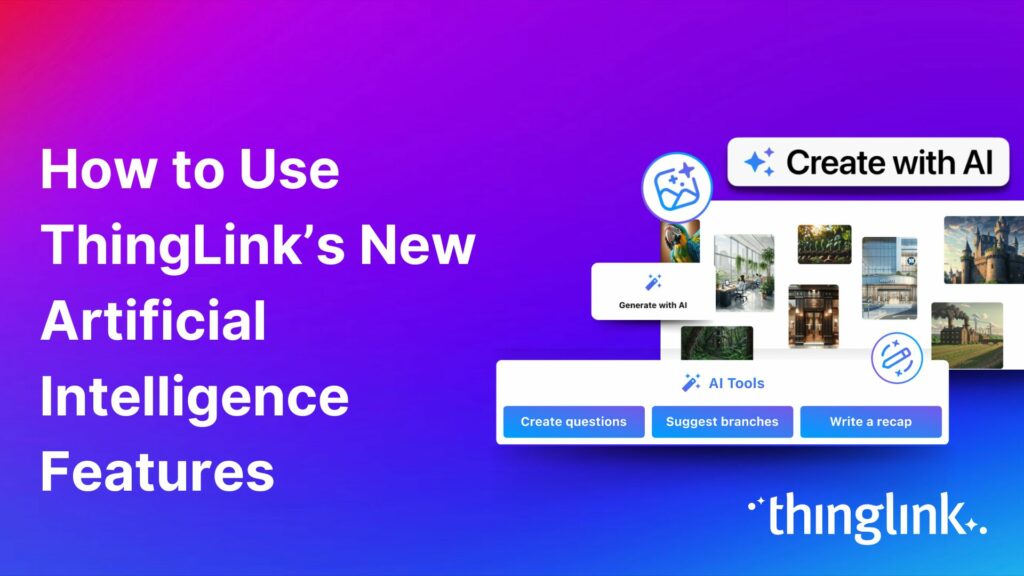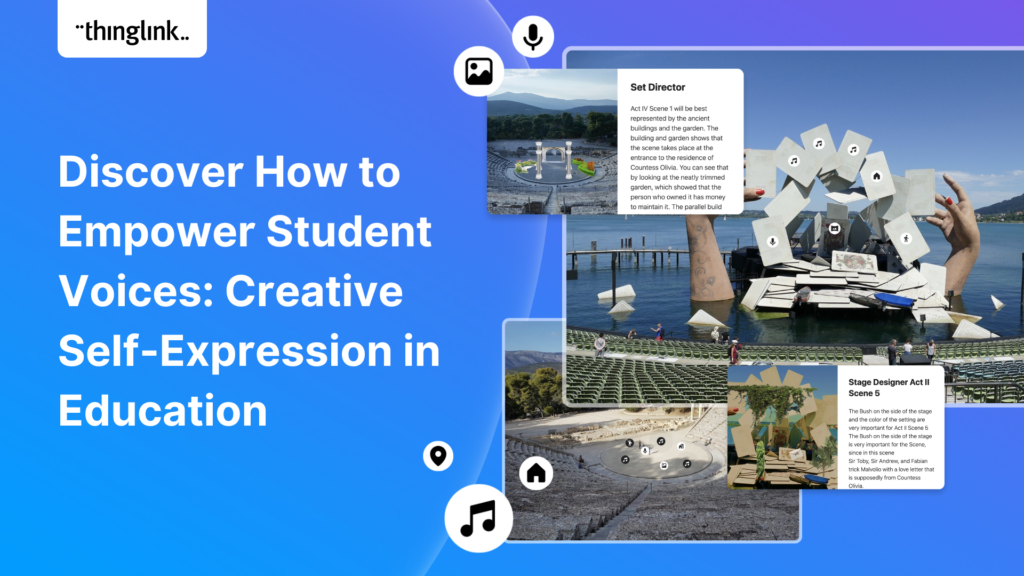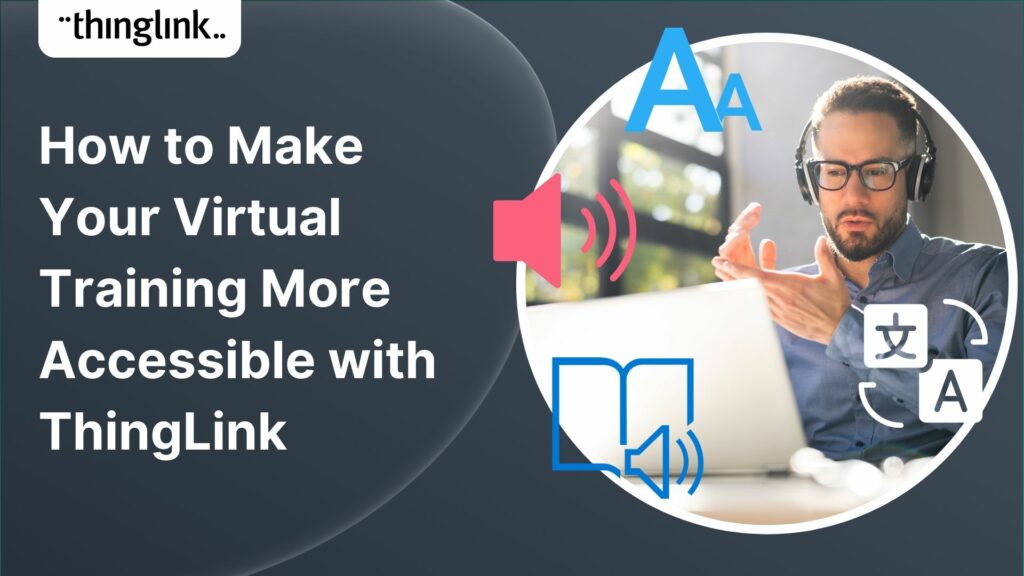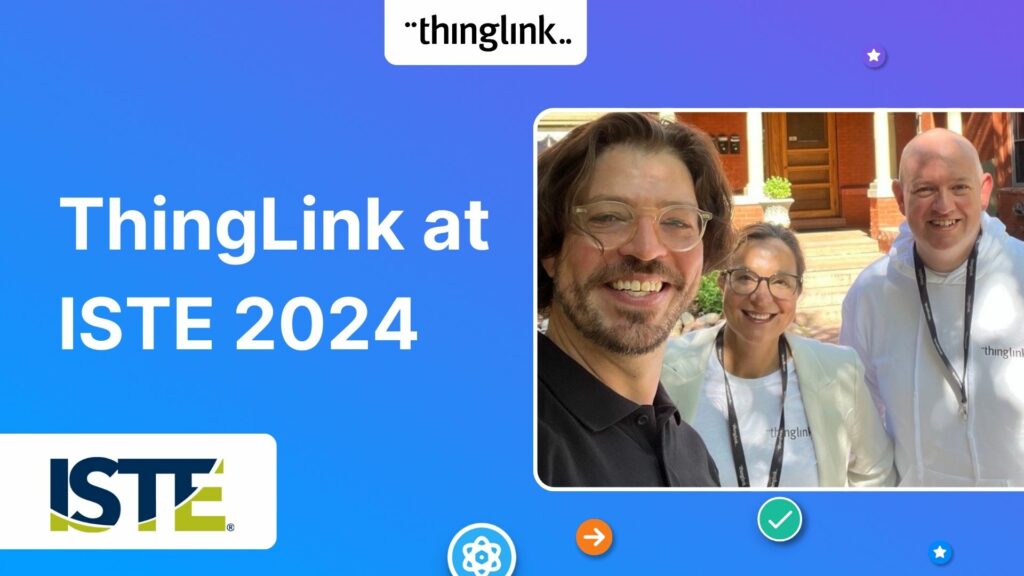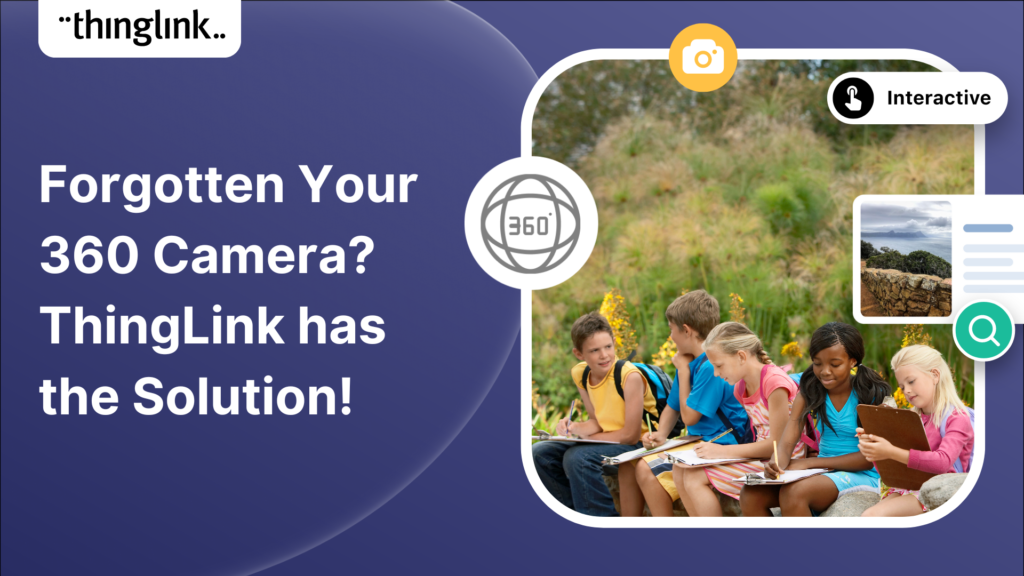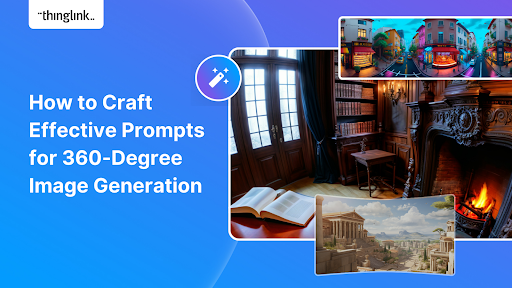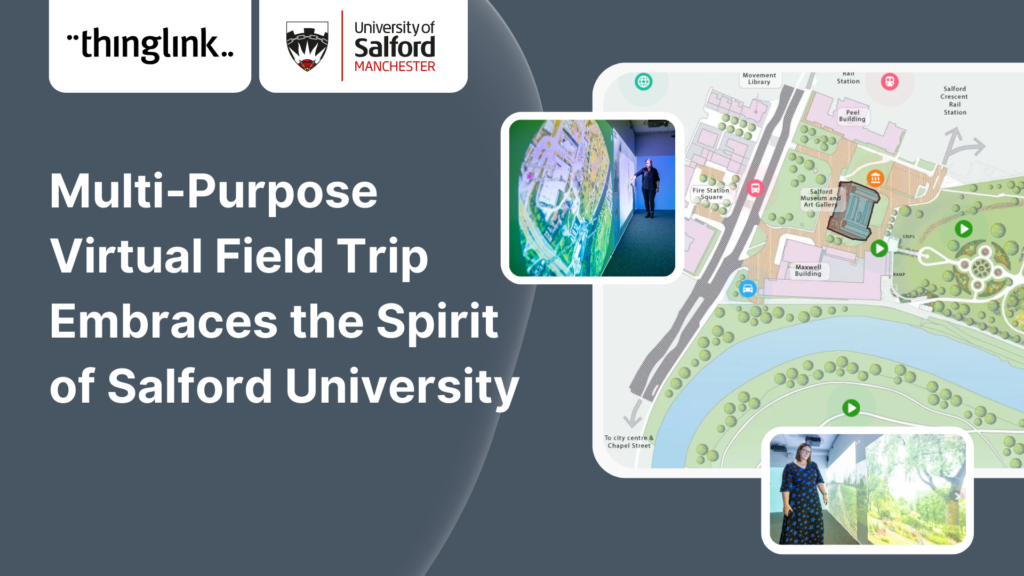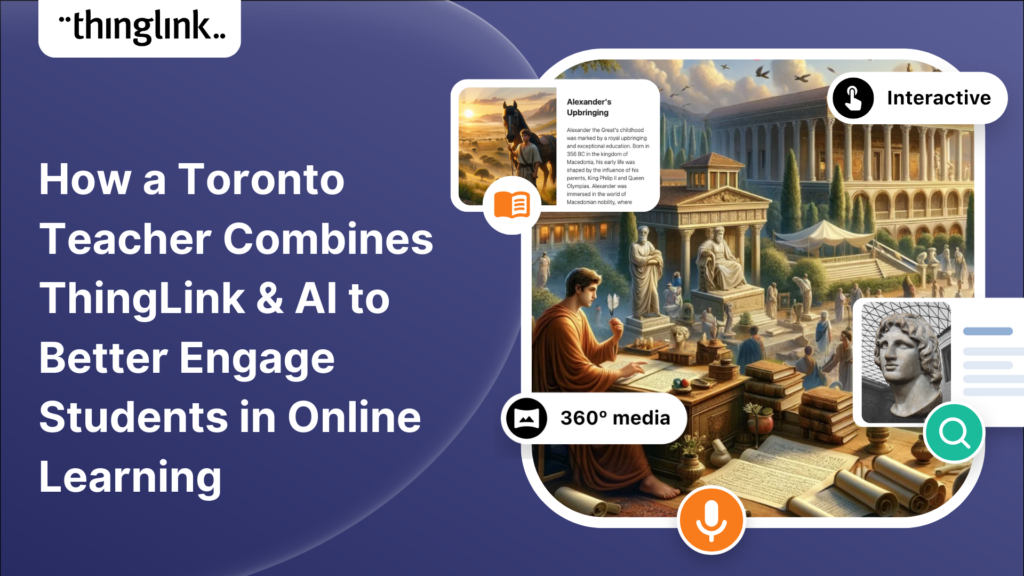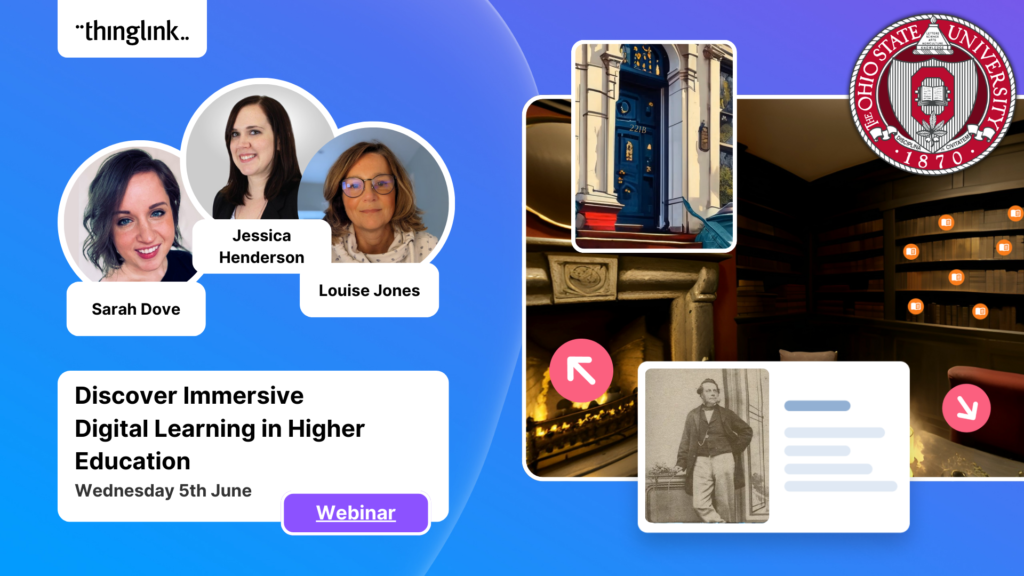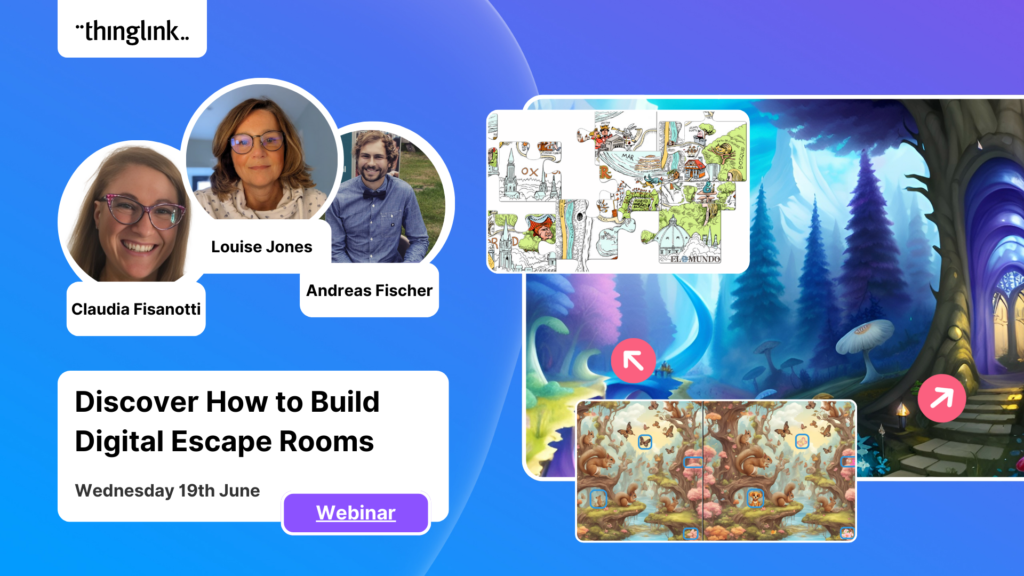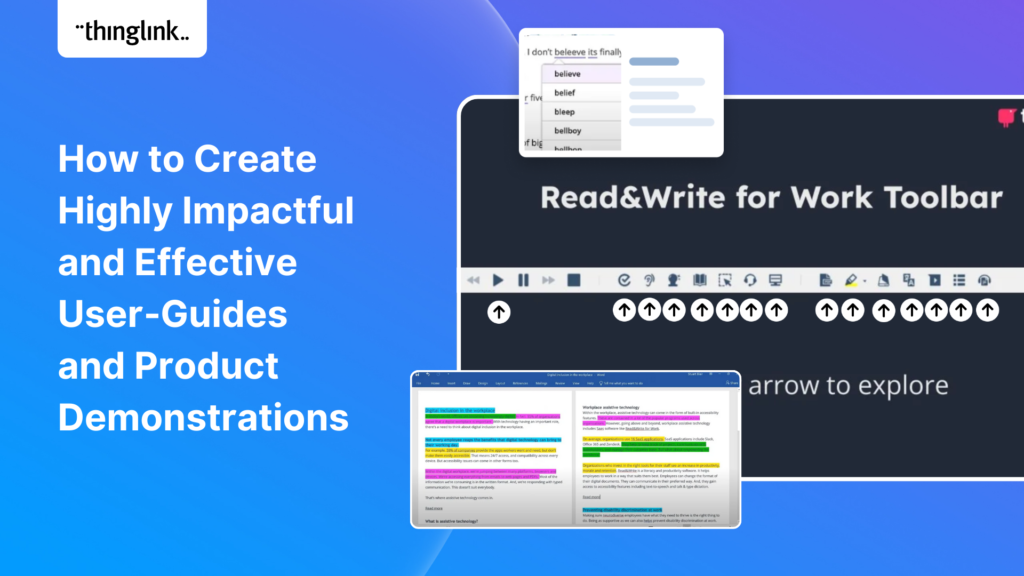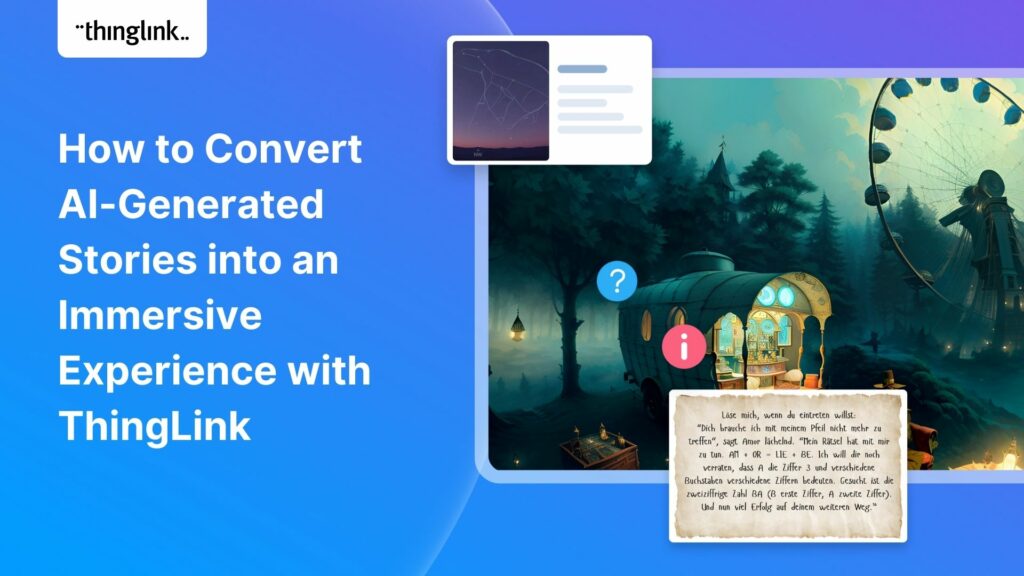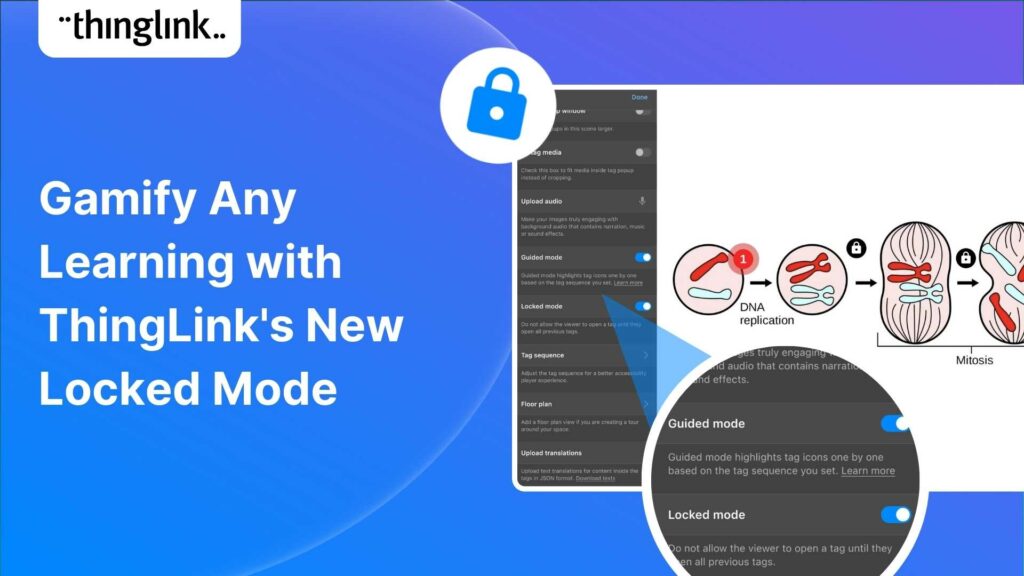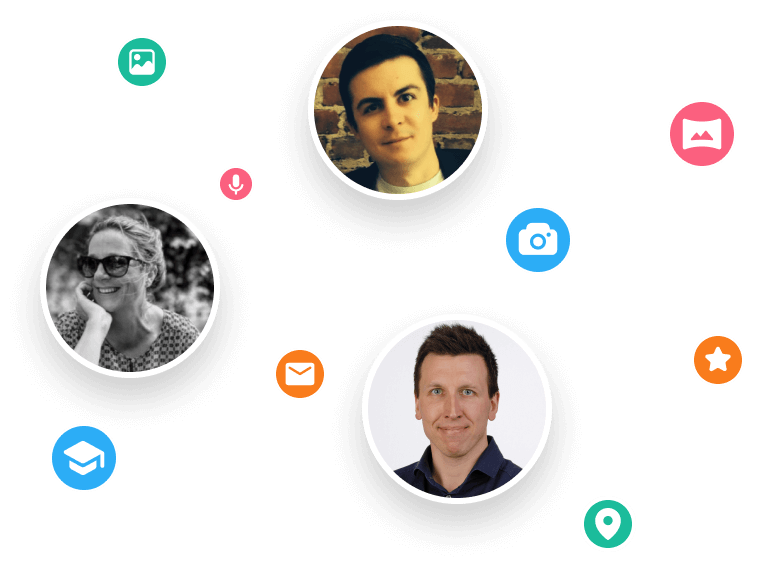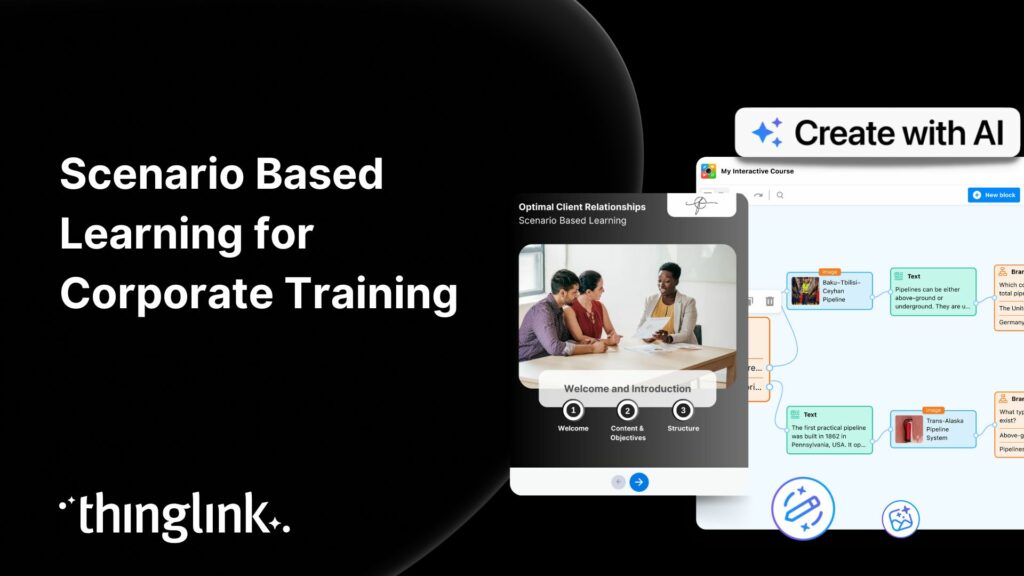
How to Create Scenario-Based Learning for Corporate Training
What is the future for corporate training?
Scenario-based learning (SBL) is quickly becoming the industry standard for corporate training programs and workplace learning and development. Why is this? Well, simply it puts learners the driving seat, literally! The most complex of challenges, critical incidents, or situations can be easily be developed into an opportunity for learning and professional development. Your learners can work through the challenges and think carefully about their choices, most importantly they can see the impact of their choices in a safe environment.
Organizations of all sizes are seeing the value of the modern hybrid workplace, and technology has opened up flexible opportunities for onboarding of new employees, upskilling for employee development, technical skills development – in fact all types of employee training. This is particularly true for learning remotely either at the home office or even whilst on the move. The more versatile type of training platforms like ThingLink allow learners to either access training materials via an organizational LMS (Learning Management System), or via their own devices.
Scenario-based elearning
Scenario-based training sessions using realistic scenarios can be delivered at any time and in any place, saving time and money previously spent on in-person trainers, accommodation, travel and logistics. Self-paced and accessible planned learning experiences really are the ideal solution – being much more effective and economical with your resources than instructor-led, traditional training methods.
Meet a product expert
If you’d like to learn more about what ThingLink can offer to your organisation, schedule an online meeting with one of our friendly product experts below!
Data-driven learning that can be optimized at speed
With the right SBL solution you can see how your learners have engaged with your learning experience. Look at the time spent on questions, goals and learning objectives achieved and total completion time. From individual learner’s performance to teams and whole organizations, analyze key performance metrics to identify skill gaps and competencies, and provide evidence of completion for mandatory training.
With ThingLink, scenario-based learning content is so agile that your modules can be almost instantly changed and updated depending on the training needs of your team members. This adaptability is one of the reasons that corporate trainers and learning specialists enjoy using ThingLink.
“ThingLink Scenario Builder allows for rapid mapping of scenarios in multiple formats and situations; creating diverse situations with corresponding results was seamless.”
Jason O’Brien, Senior Instructional Designer, Global Retail Learning, New York – Tiffany & Co.
Planning the SBL Experience
If you are looking for effective, efficient and impactful ways for your learners, trainees and teams to achieve real-life skills applicable in real-world environments using your online learning and elearning, you should use Scenario-based learning.
To get going, create a storyline of how your scenario will behave. You can use an online tool or app or simply sketch out with pen and paper or a whiteboard. It may help to think of the scenario as a story which evolves – just like a “choose your own adventure” book for children.
Plan your scenario-based learning experience using the 5 Cs
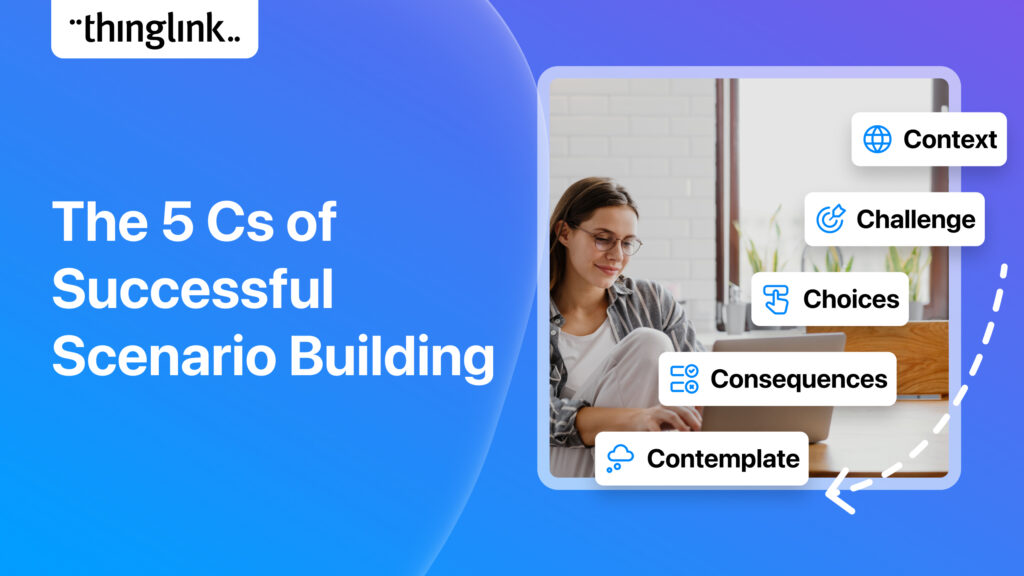
When planning your scenario-based learning, start with the 5Cs
- Context – Is everything! A relatable situation and surrounding real-world context that take into account place, space, modernity, diversity and culture. Think of this as setting the scene for your challenge or situation. It helps people get in the zone and begin to ‘read’ the situation.
- Challenge – A well outlined problem or situation set within the context including any constraints such as completion time. It is the ideal place to set the learning intention, achievable points or other learning outcomes.
- Choices – The options that are presented at a juncture in the branching scenario. The choices lead the participant to a desired outcome or consequences.
- Consequence – Impacts or outcomes that can be positive or negative depending on the choice.
- Contemplate – What chances or opportunities are there to learn from this experience? Contemplation, review or reflection questions, and / or feedback can be provided here as part of the learning process. Design scenarios that have discrete feedback within them. Rather than a short incorrect / correct notice, use a ThingLink scene to explain why. This can be made more effective with interactive and multi-modal forms of explanation. Make the moment count!
Next steps in scenario-based learning planning
Always consider the learner(s) that will be using the scenario. Is the content pitched correctly at their level, age, experience, understanding, prior knowledge, learning needs etc? Consider all content in your scenario, including the text in the choices. These are just as important as the scenes themselves and need to be carefully considered to provide the learner with realistic and clear choices. Each consequence should be fair and rational.
Feedback and further opportunities for microlearning
At the consequence/contemplation stage you can consolidate the learning so far by adding more information or learning points. You can give feedback on WHY this was a good/not so good choice. You can also add media in this scene which gives Further Reading/Links/Research.
Your learners could receive tailored feedback depending on the route they have taken to reach the end. The learning points could vary according to which choices they have made along the way.
Try ThingLink today!
To start creating your own interactive content and learning experiences, get started with a free ThingLink trial account today!
FAQs
What is scenario-based learning?
Scenario-based learning (SBL) is a well documented, evidence-based instructional strategy for effective learning. Simulations, situations, challenges and problems are presented to the learner as a series of connected scenes. The scenes are interspersed with multiple choice questions branching to create different pathways for the participant to take, with different consequences and eventual outcomes. This learning theory can be said to be one example of the gamification of learning, but is a proven educational approach which has enormous benefits.
What are the benefits of scenario based learning?
- Improved learner engagement, better retention and recall of new skills.
- With the right type of authoring tools it is ideal for remote and self-paced skills training.
- A well-crafted SBL experience equips your learners to achieve vital meta-skills and soft skills for life, learning and career development.
- Solving complex problems or simulation activities can help to develop Critical Thinking skills, teamwork and decision making – essential for leadership development.
- Realistic online training can take place in a safe environment, ideal for onboarding, safety or compliance training. Scenarios can also be timed, improving both time management skills and replicating a realistic sense of pressure which prepares learners for the real-life environment.
SBL instructional design ideally includes multiple branching scenarios where the learner can choose their path. Linear paths can also be created, but the branching element truly brings in the capacity for deeper, more active learning through problem solving in interactive scenarios, rather than just clicking the next button just as you might on a PowerPoint presentation.
What tools can I use to build a SBL experience?
ThingLink’s Scenario Builder allows you to create multimedia interactive real-world environments and real-life situations, where everything and anything can be an interface for interaction. Watch this quick 2 minute walkthrough to see how it looks in action! You have a number of creation tools at your disposal with ThingLink Scenario Builder – from templates covering different types of scenarios, to AI assistance tools.
Further reading
- Read more about the ThingLink Scenario Builder in this helpful blog post.
- Explore these Five great examples of scenario based learning
- How do you create a learning scenario? Our free guide to the 5Cs of Successful Scenario Building? Download here!
Case Studies
“ThingLink has been a great platform for both myself and learners whilst accessing the Castle Campbell case study via Moodle. There is a huge benefit to my learners as the case study developed and layout is very similar to the course each learner is undertaking – Planning, Surveying, and Recording the Condition of Built Assets for Conservation (SAC8). The ThingLink platform is simple and effortless to navigate and is now a big part of my course overall including in class assessments and online learning.”
Jack Lawson, Training Manager, Historic Environment Scotland
Read how Historic Environment Scotland have been using ThingLink within their certification programs and other training initiatives.
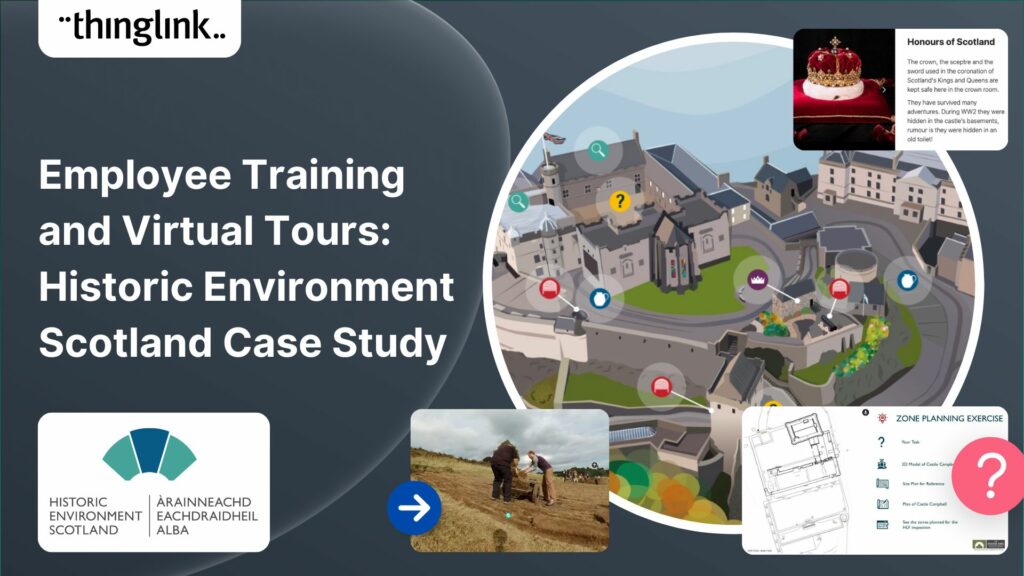
Get inspired!
For more tips and inspiration on creating content for e-learning and training, visit our dedicated E-learning page. Or why not join our friendly social media communities for lots of inspiration, interaction, ideas and advice! These include:
See you there!
